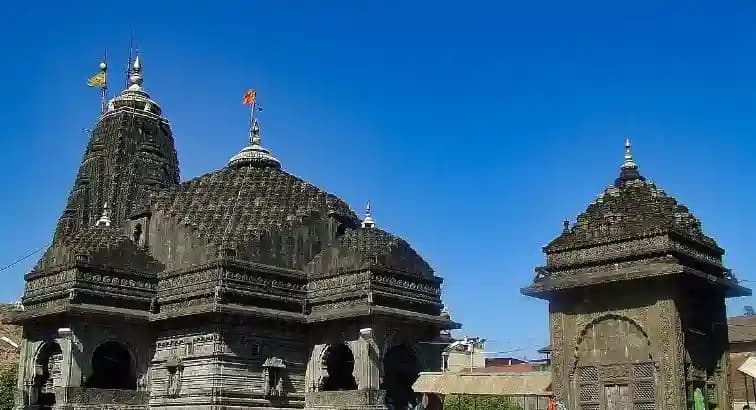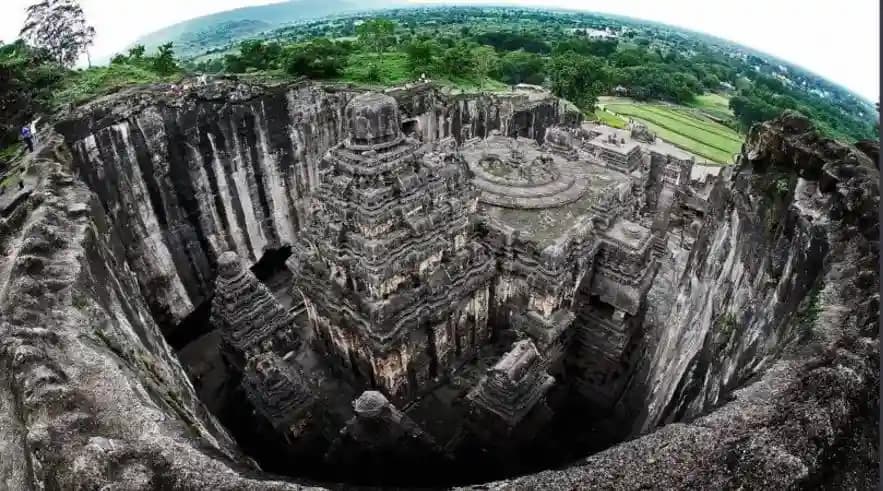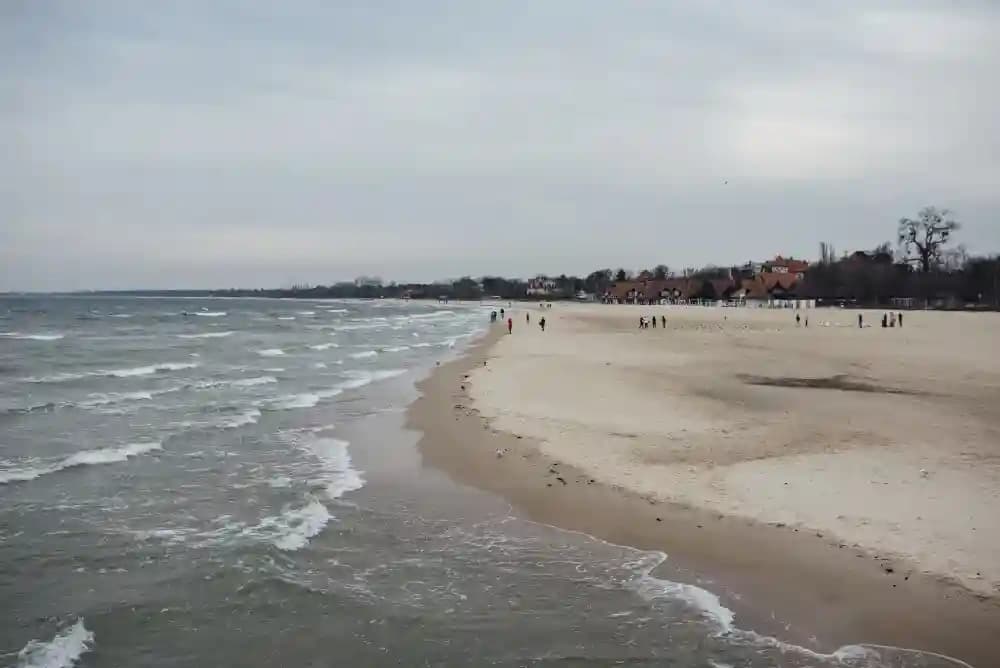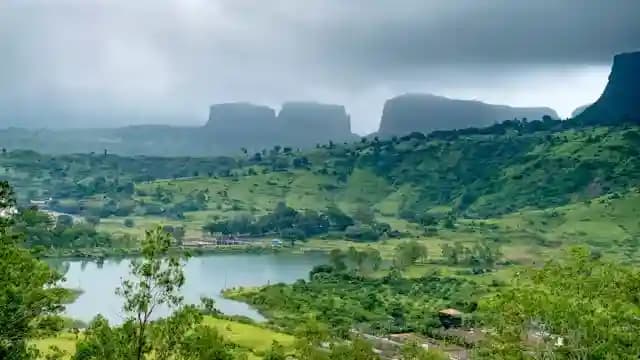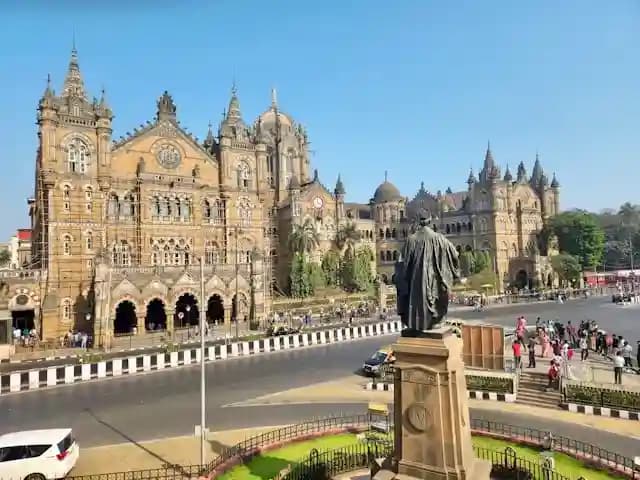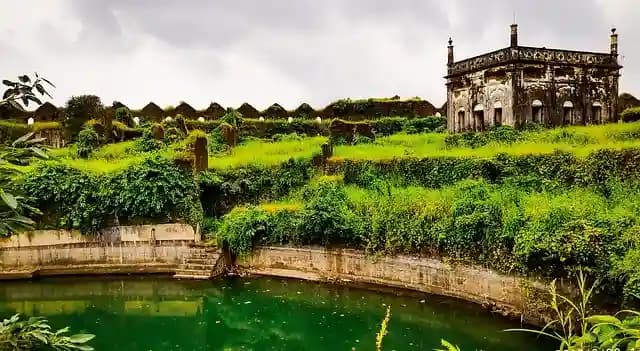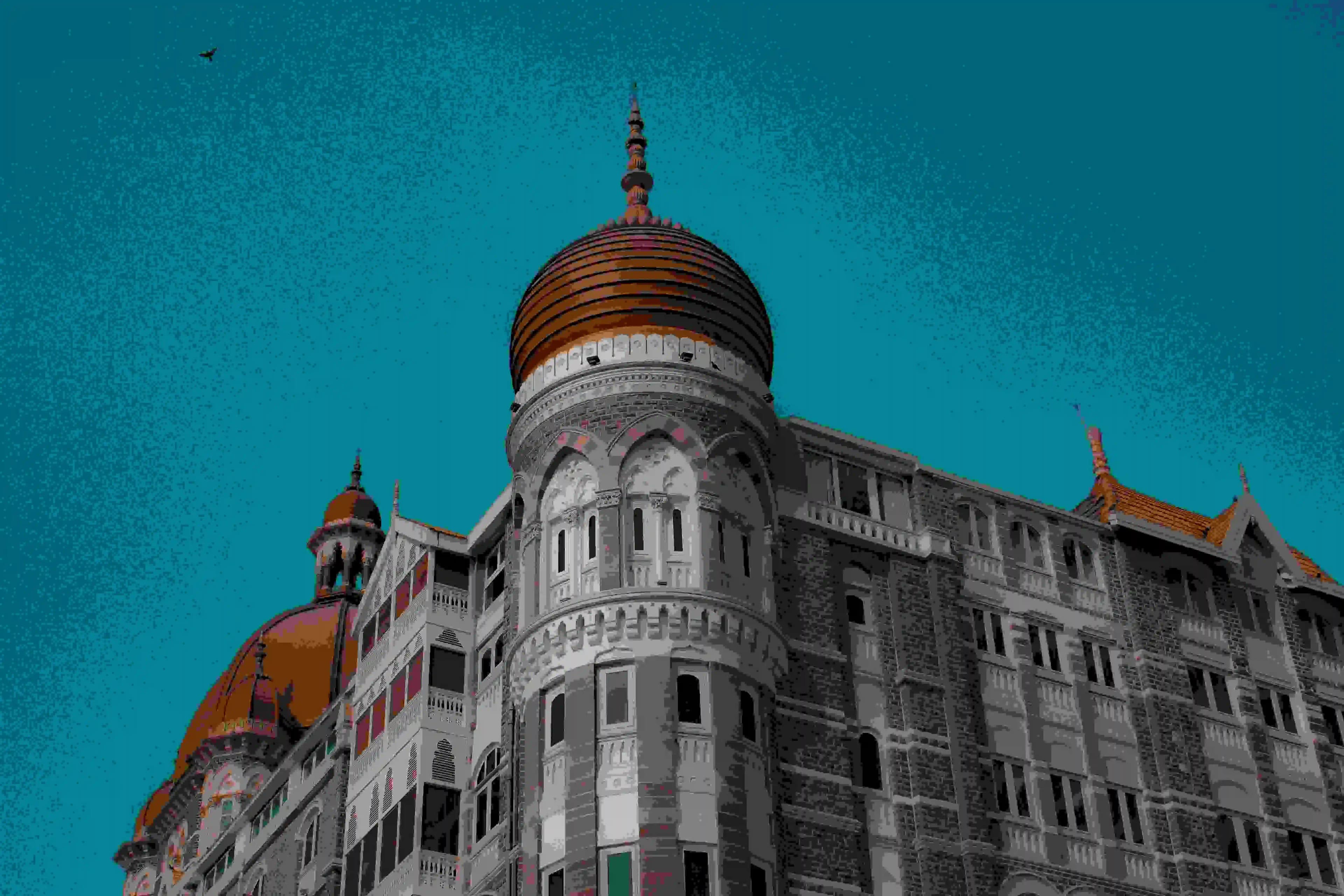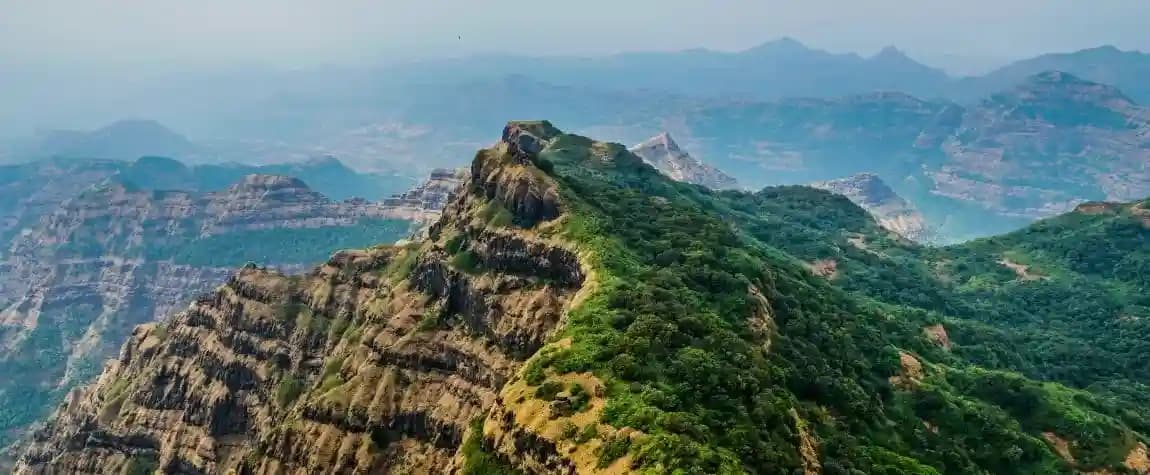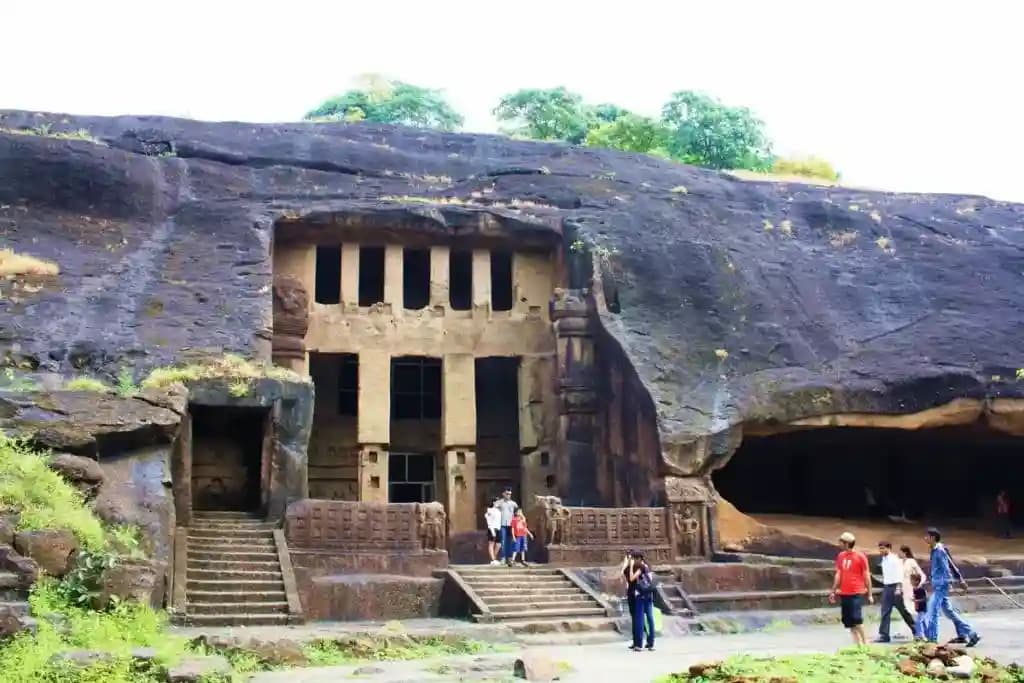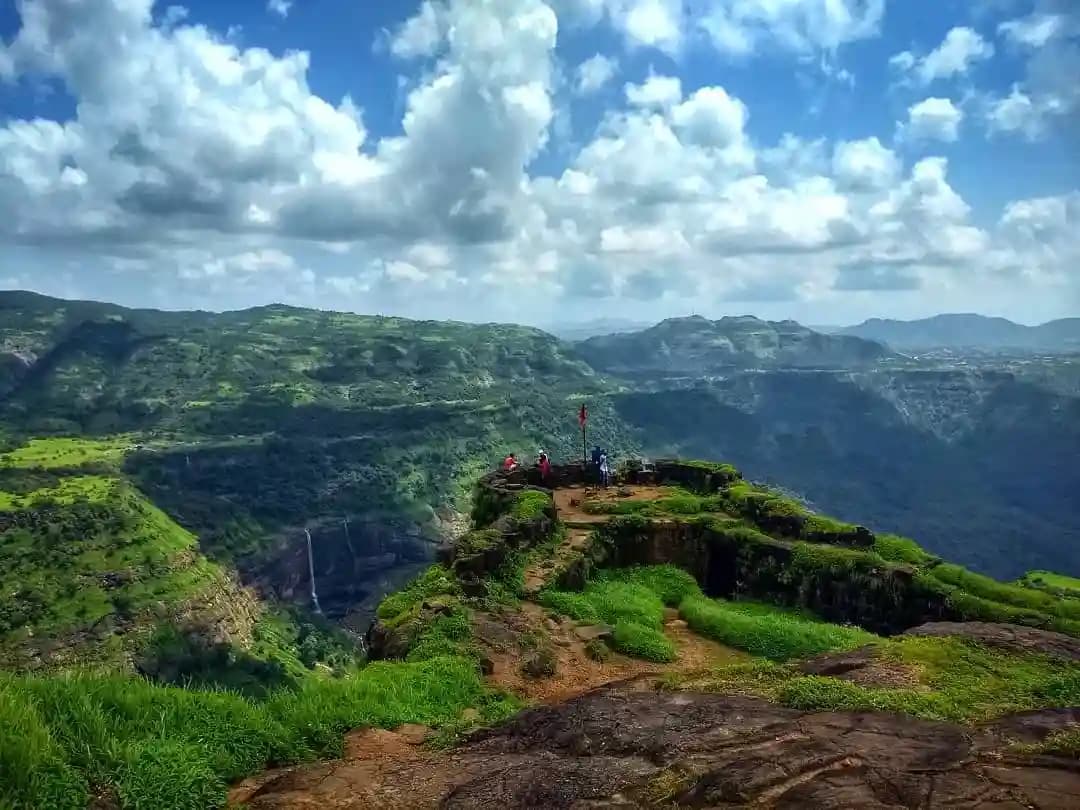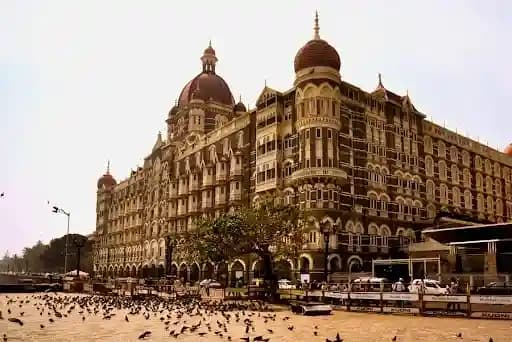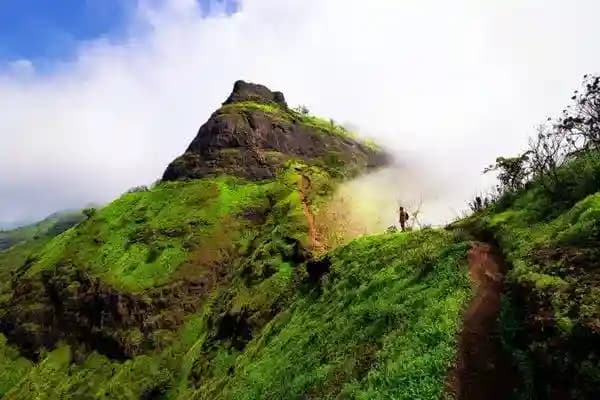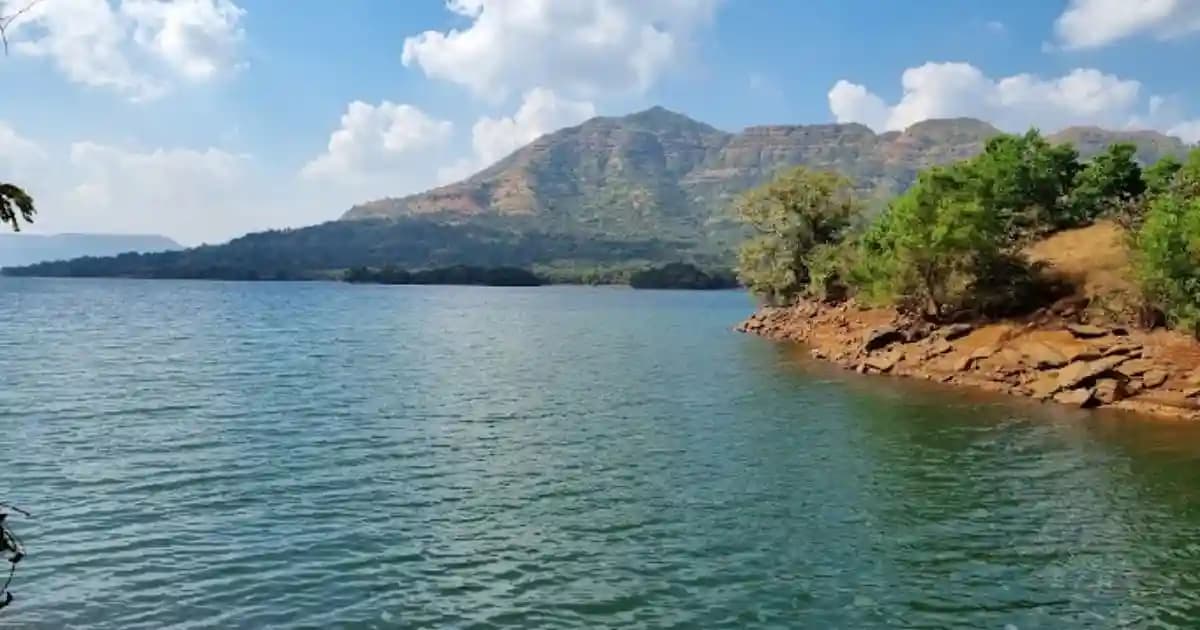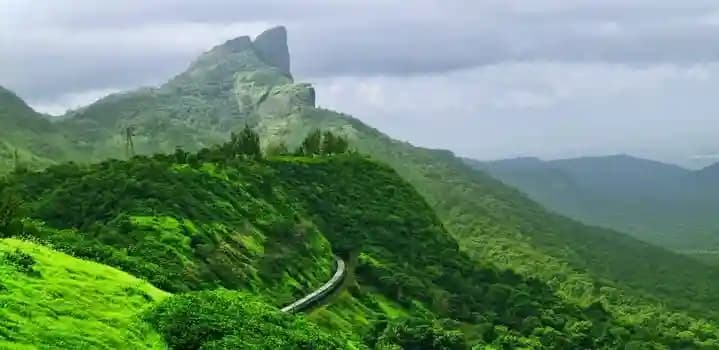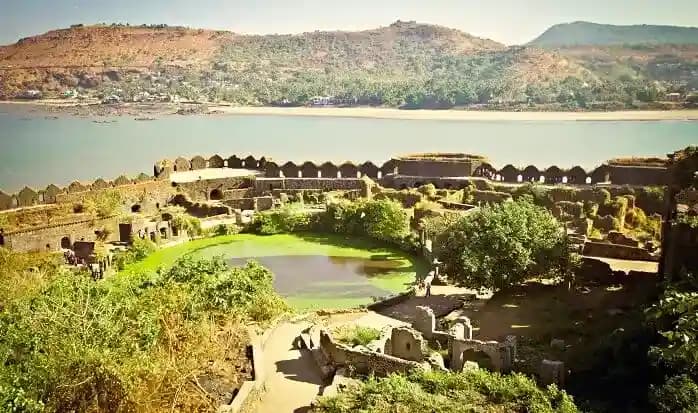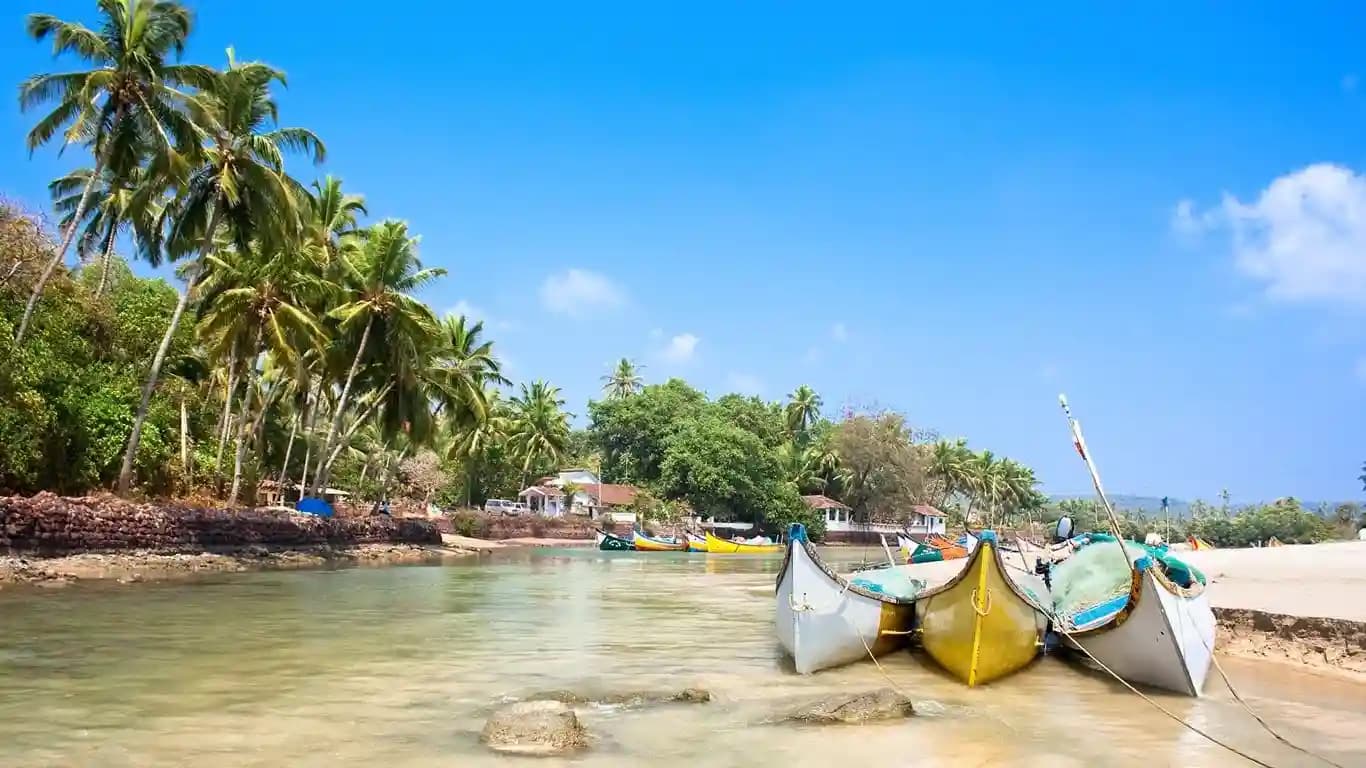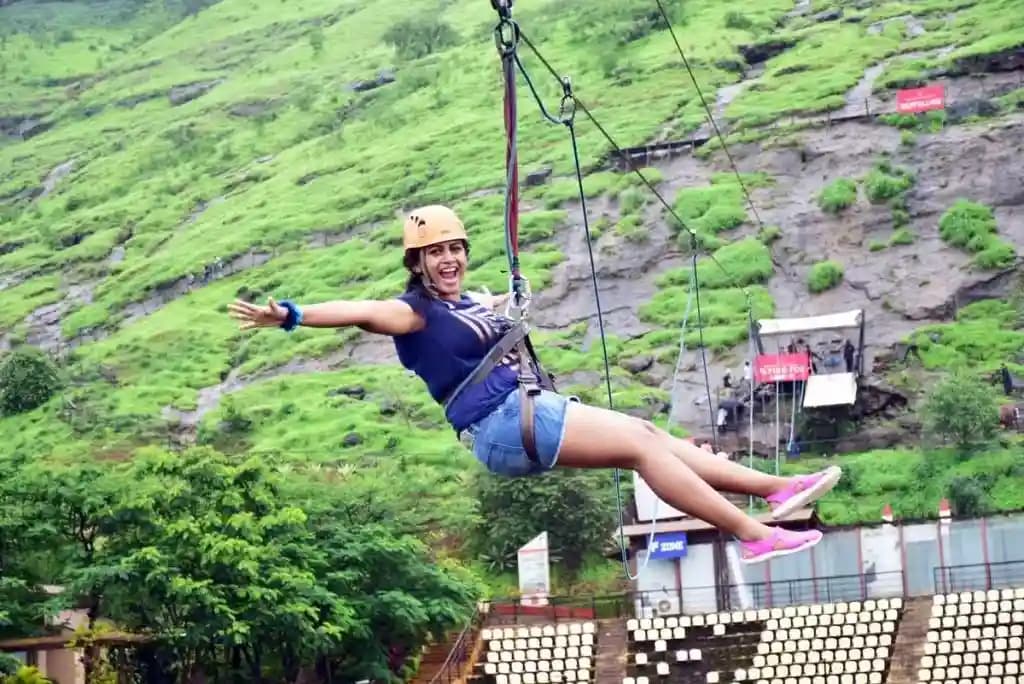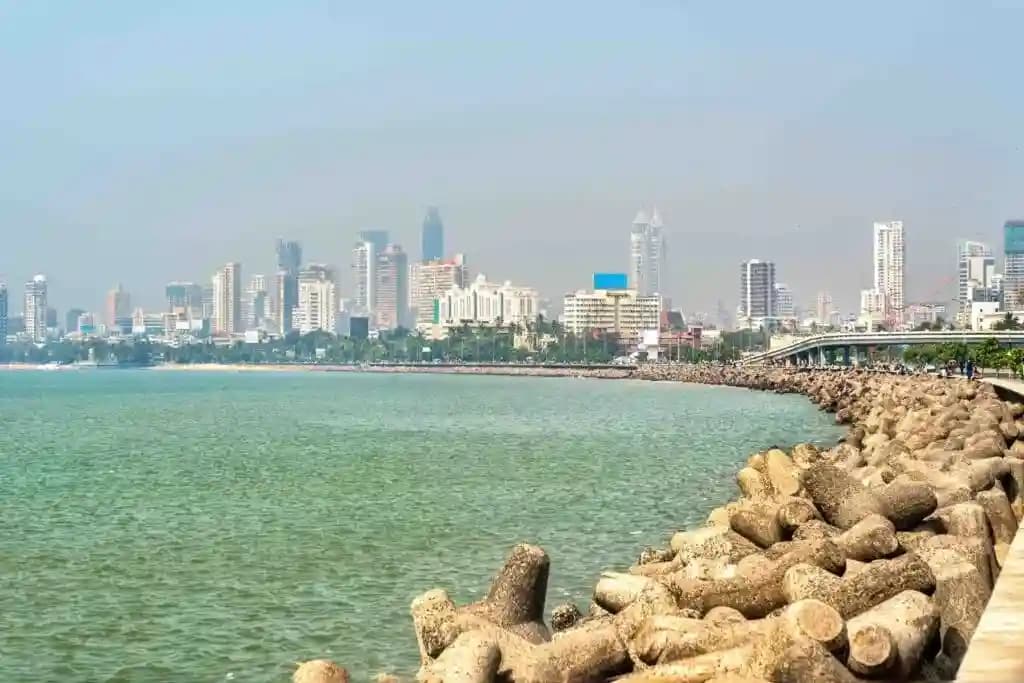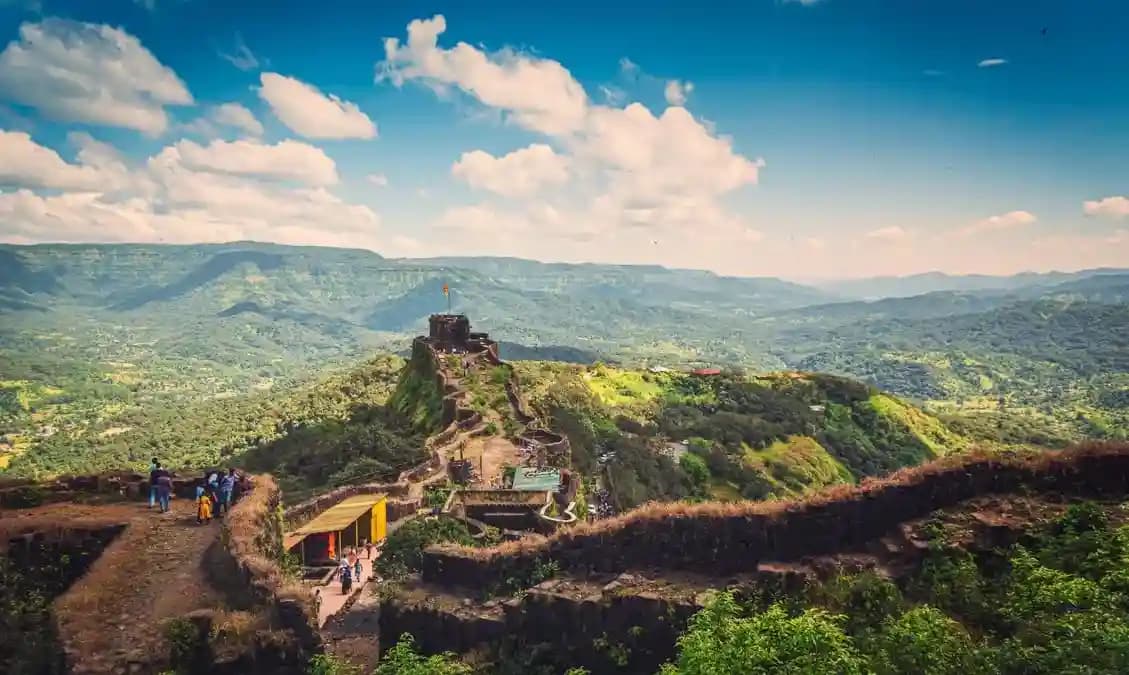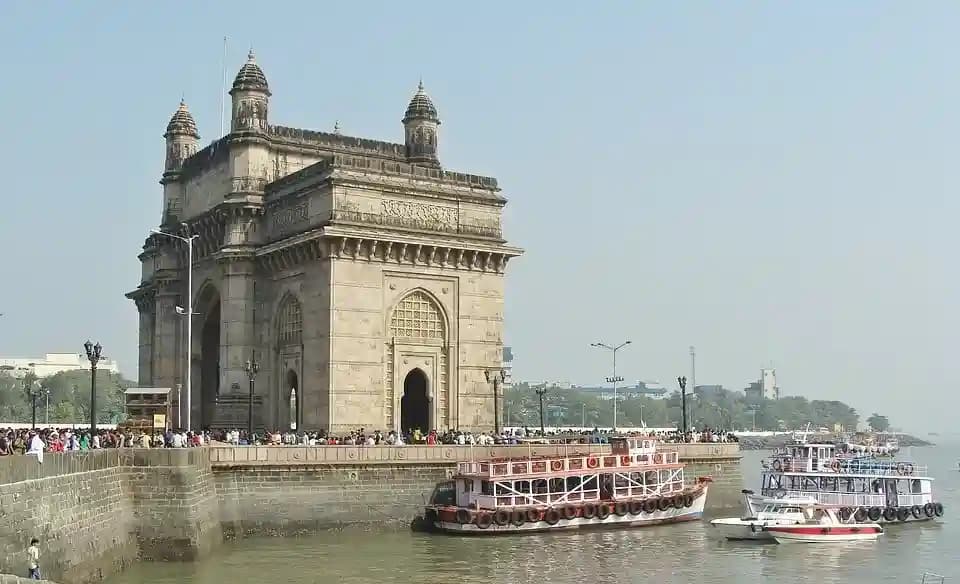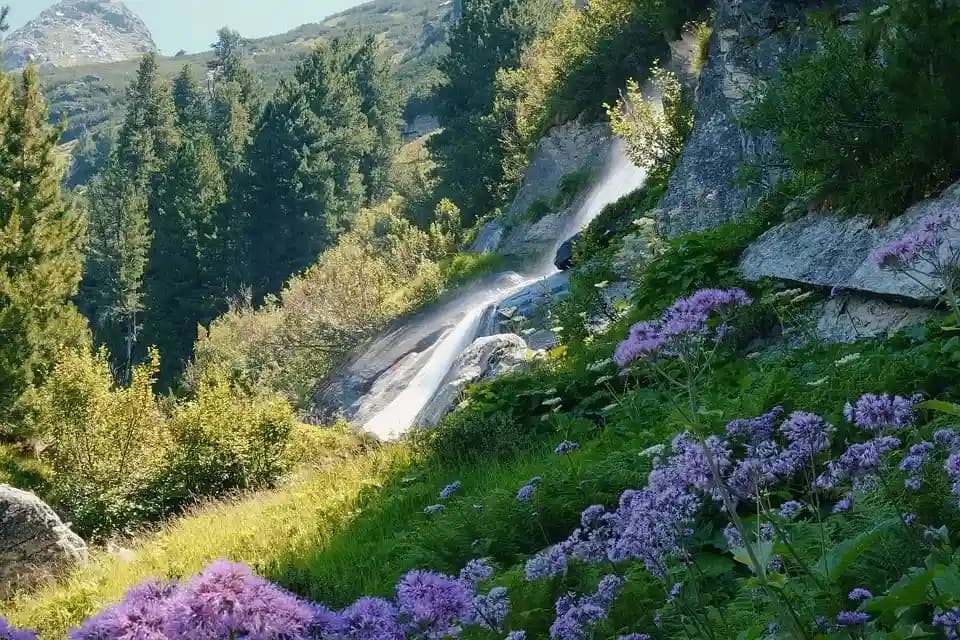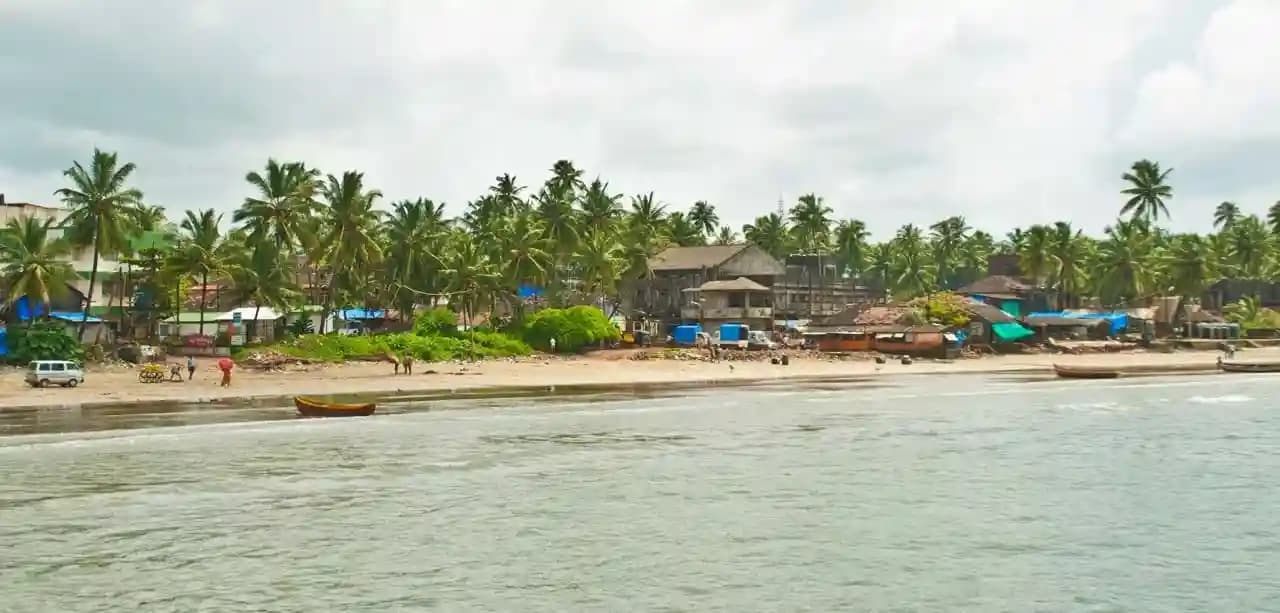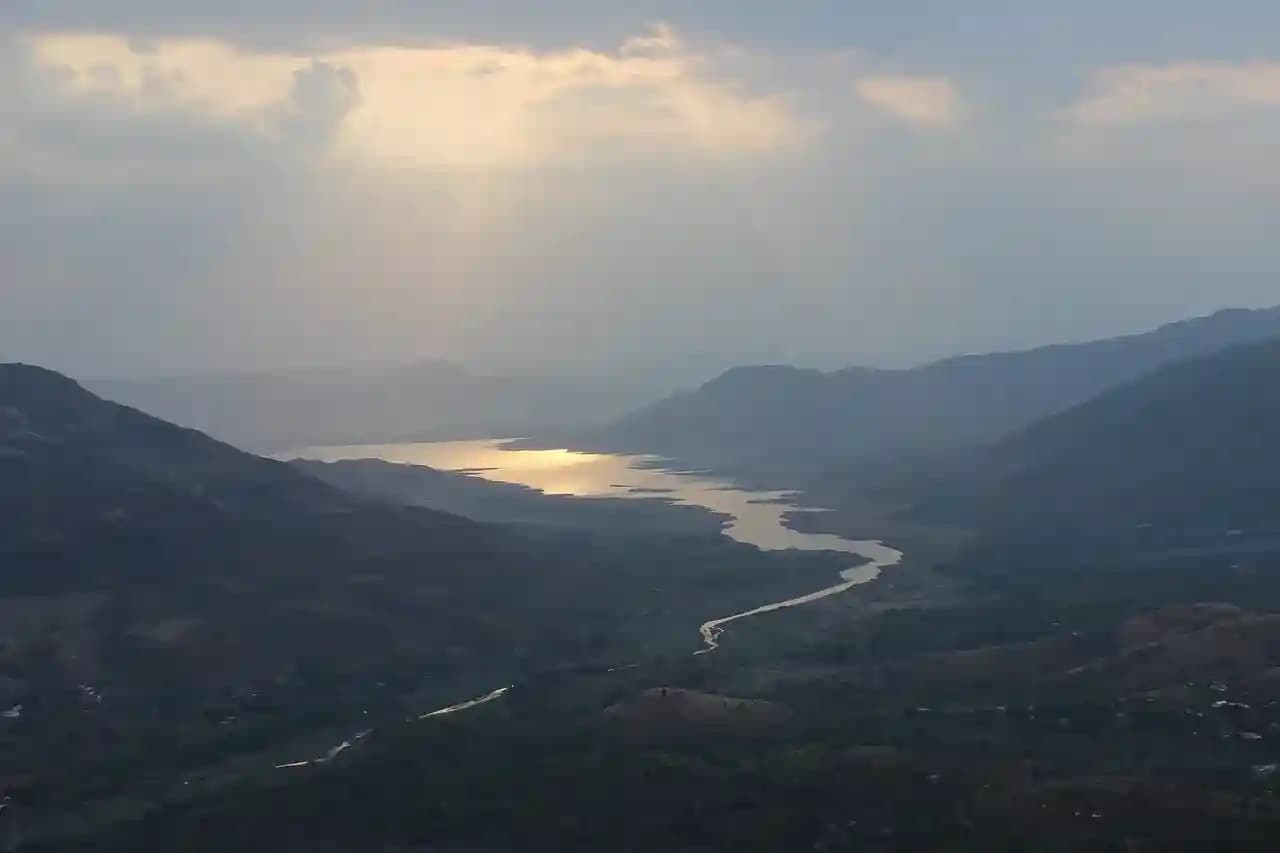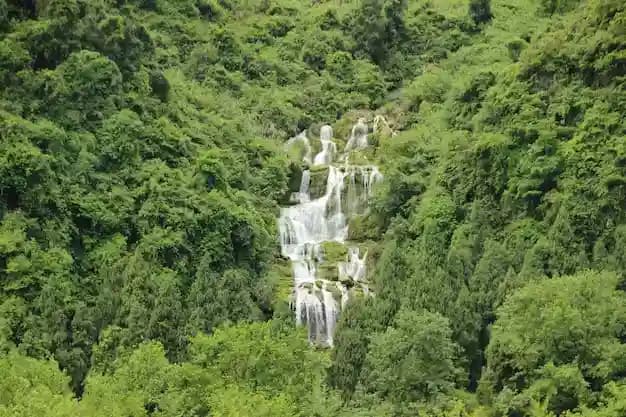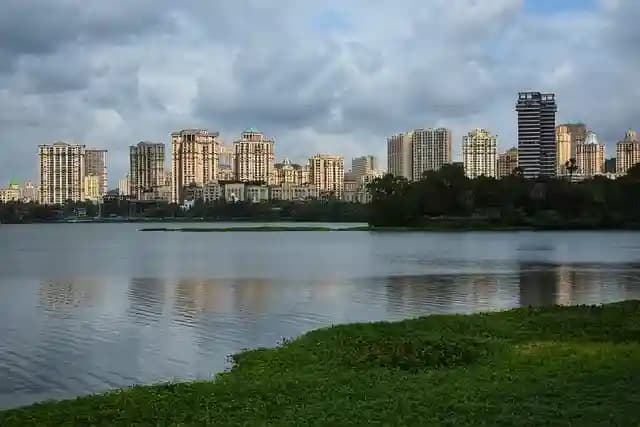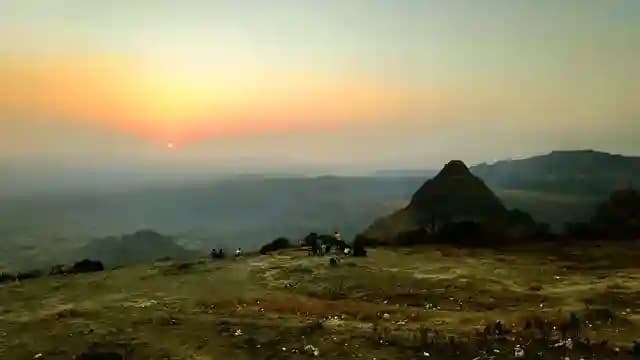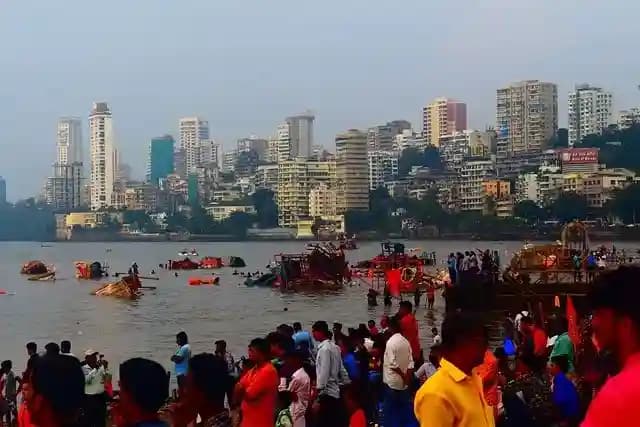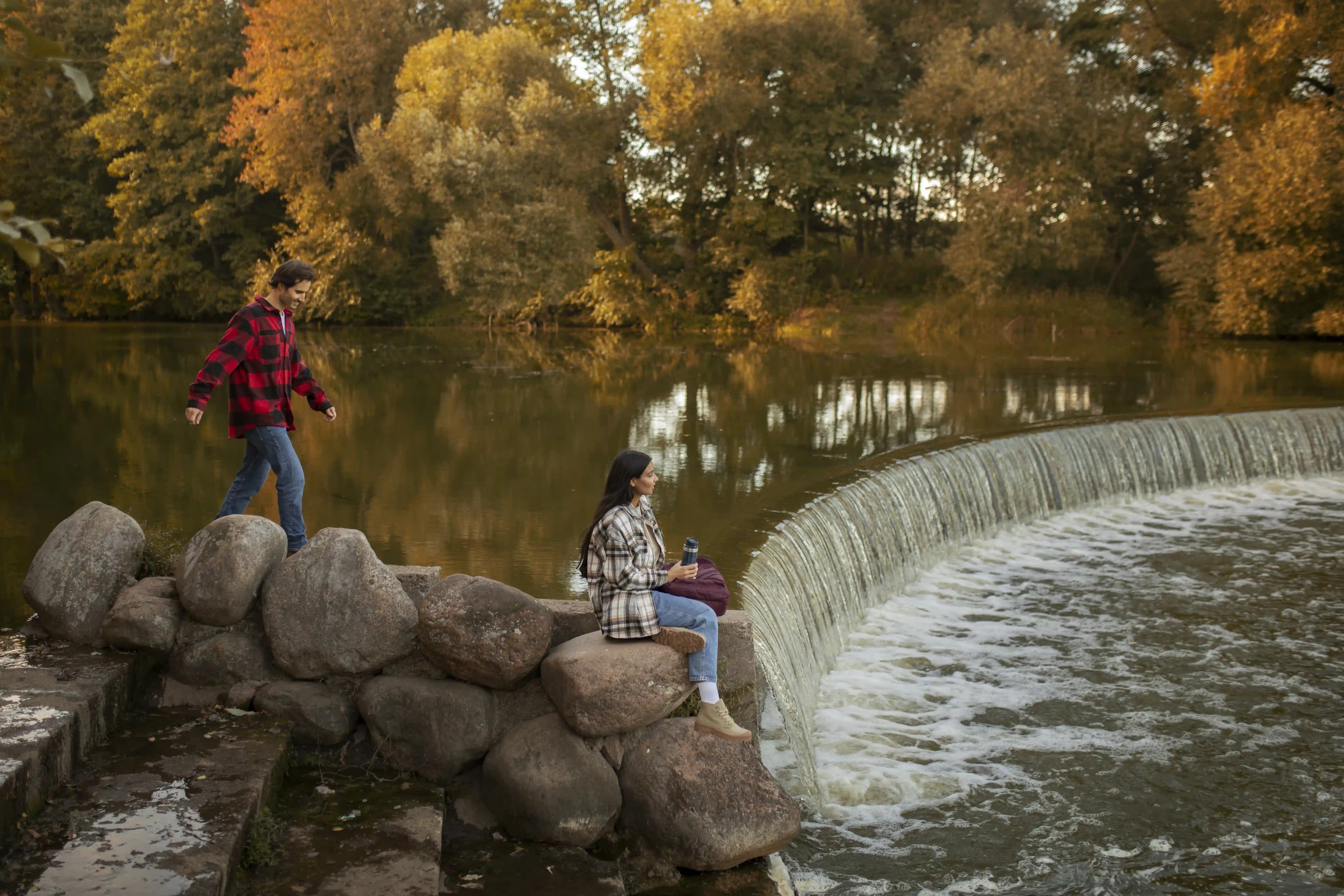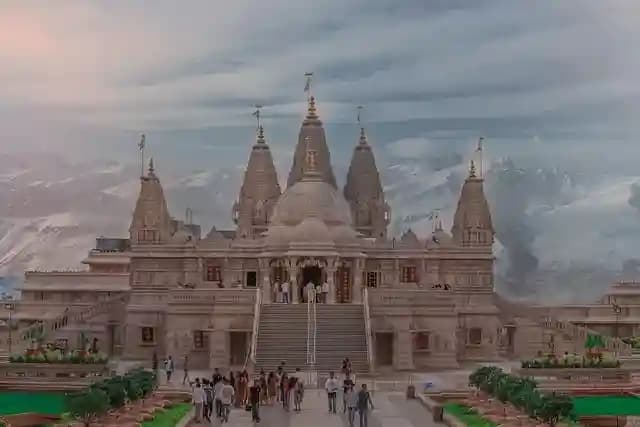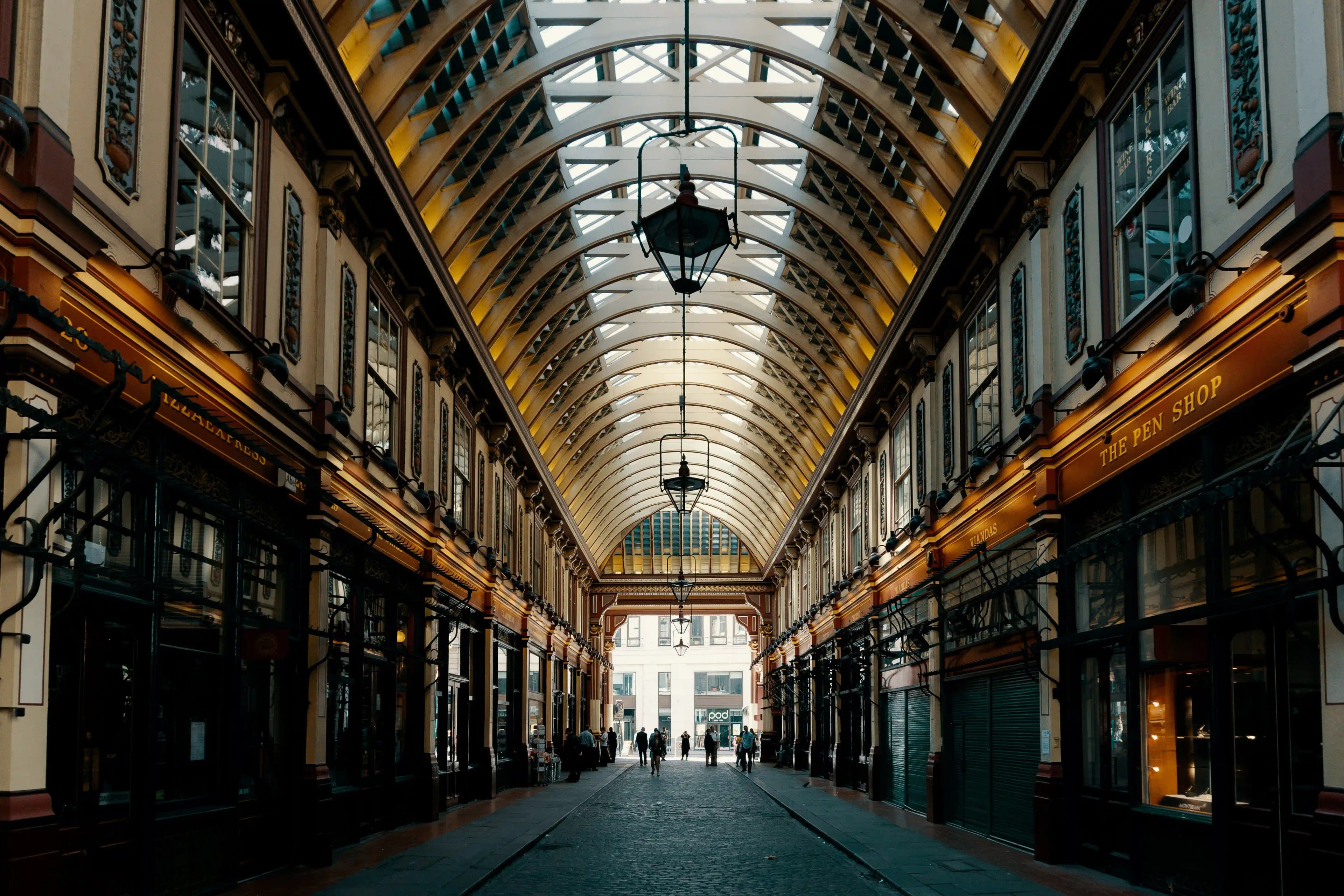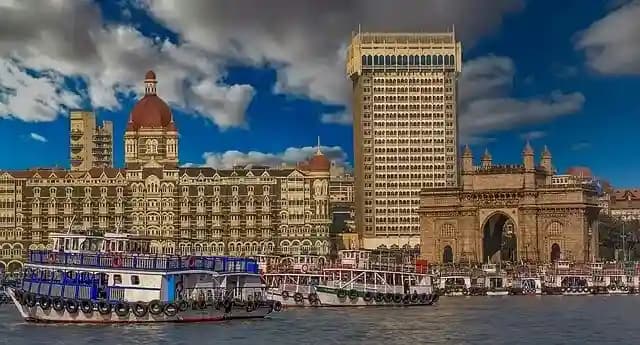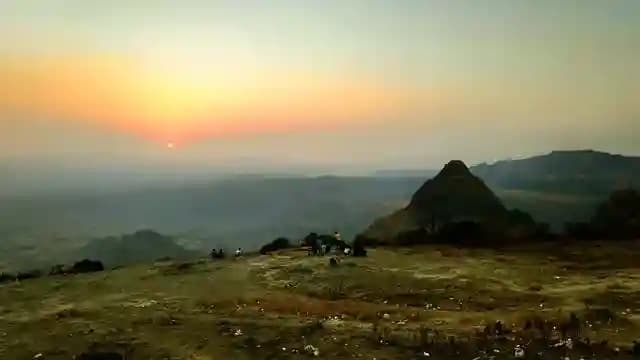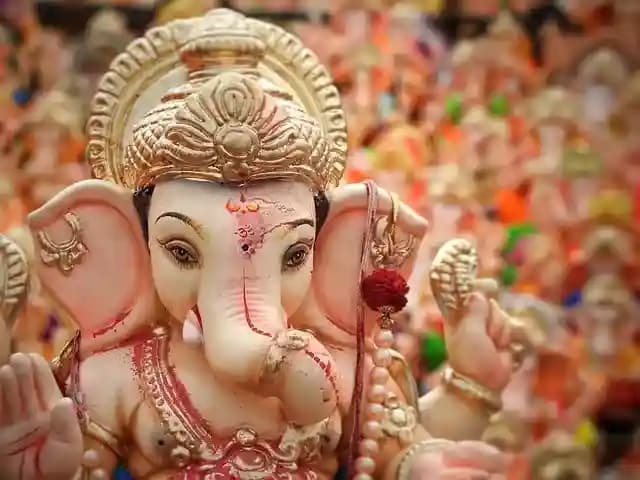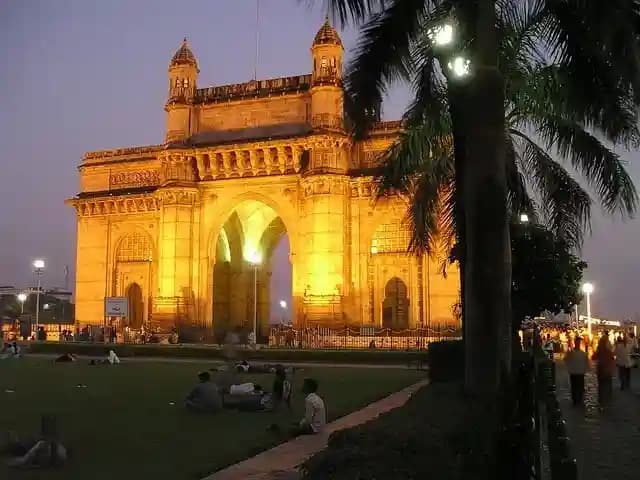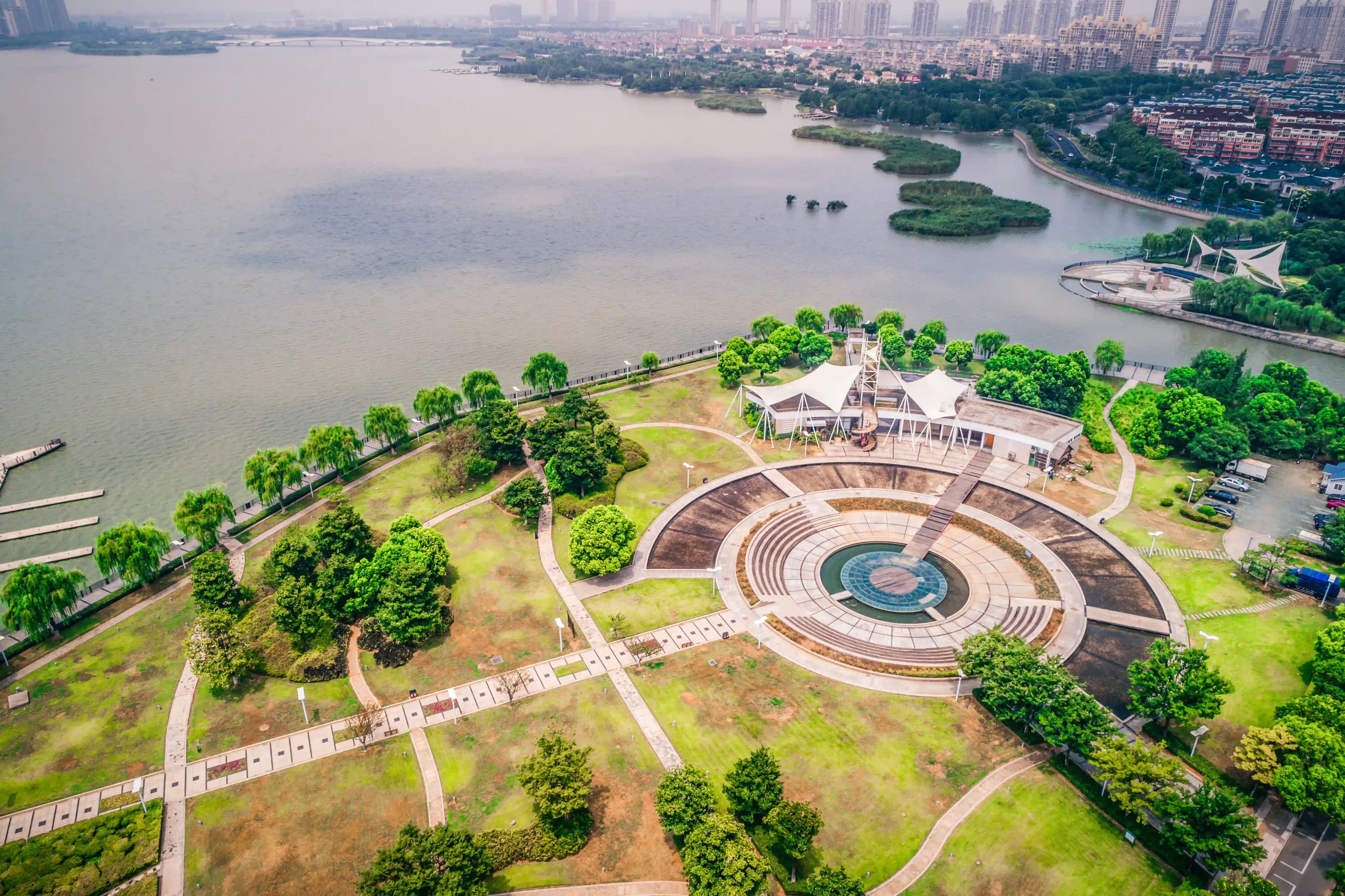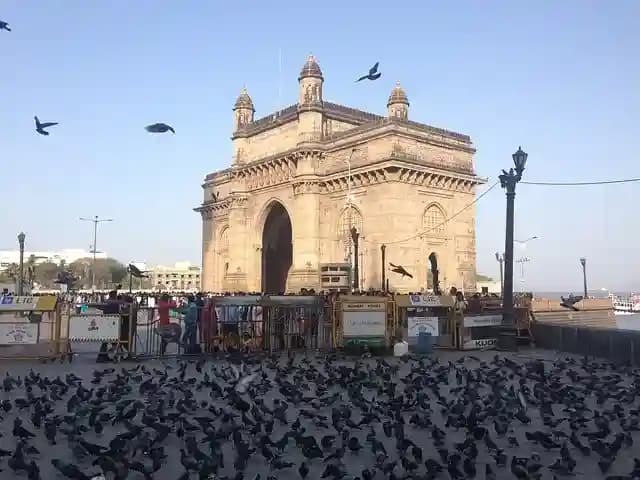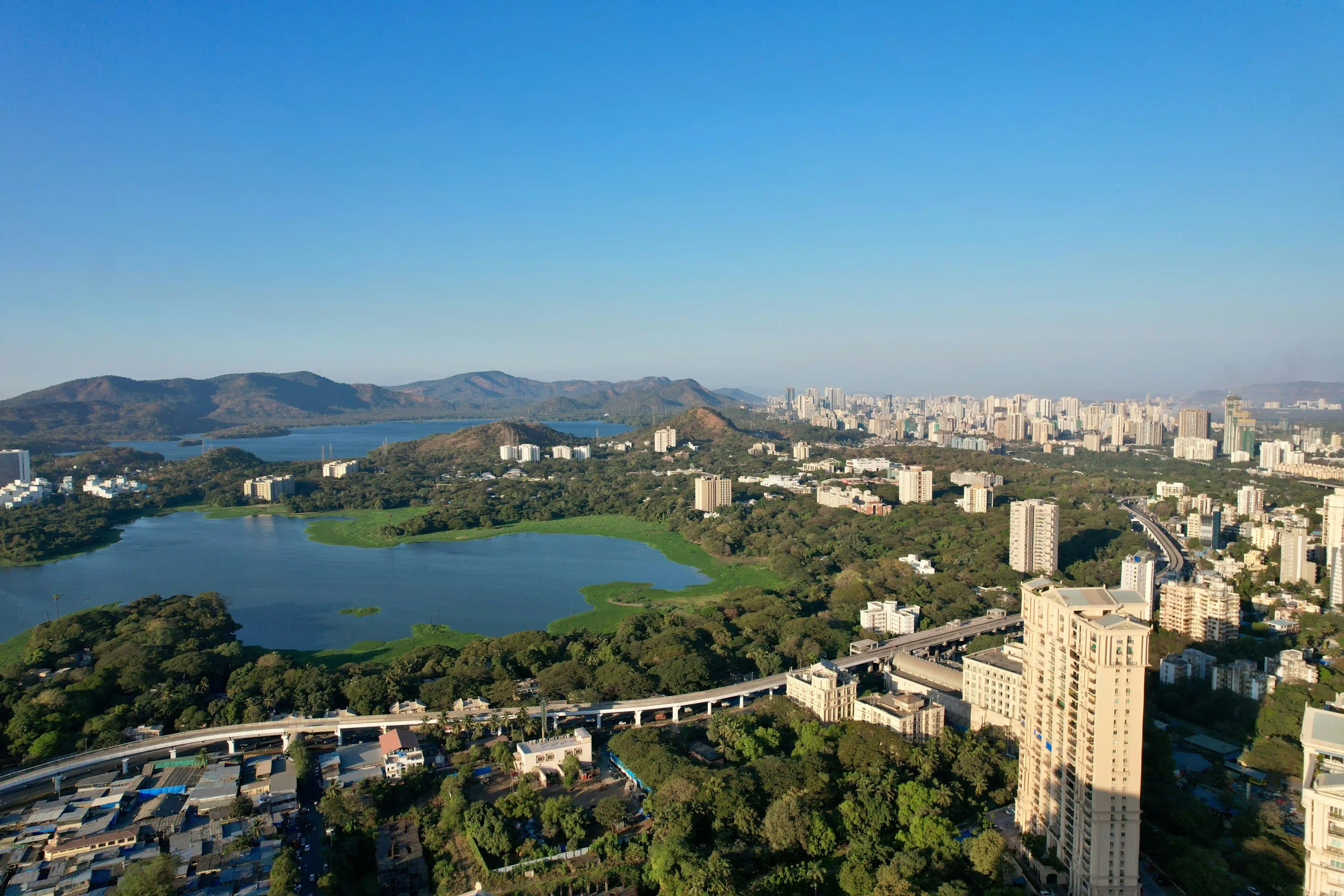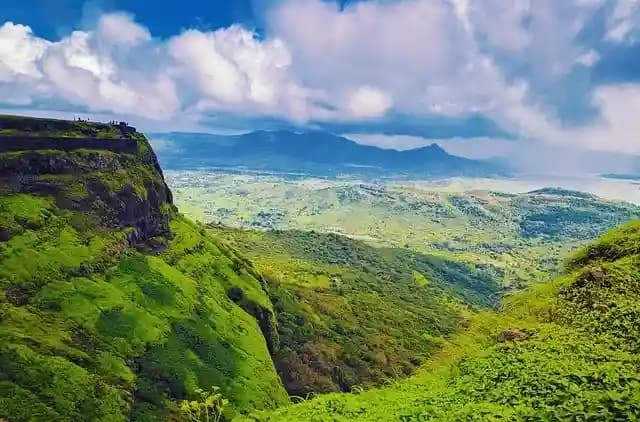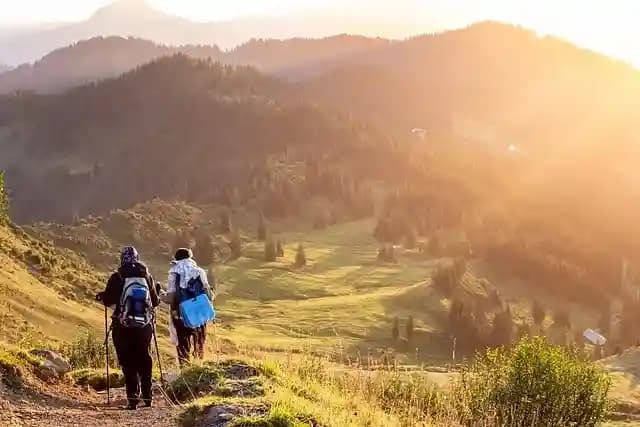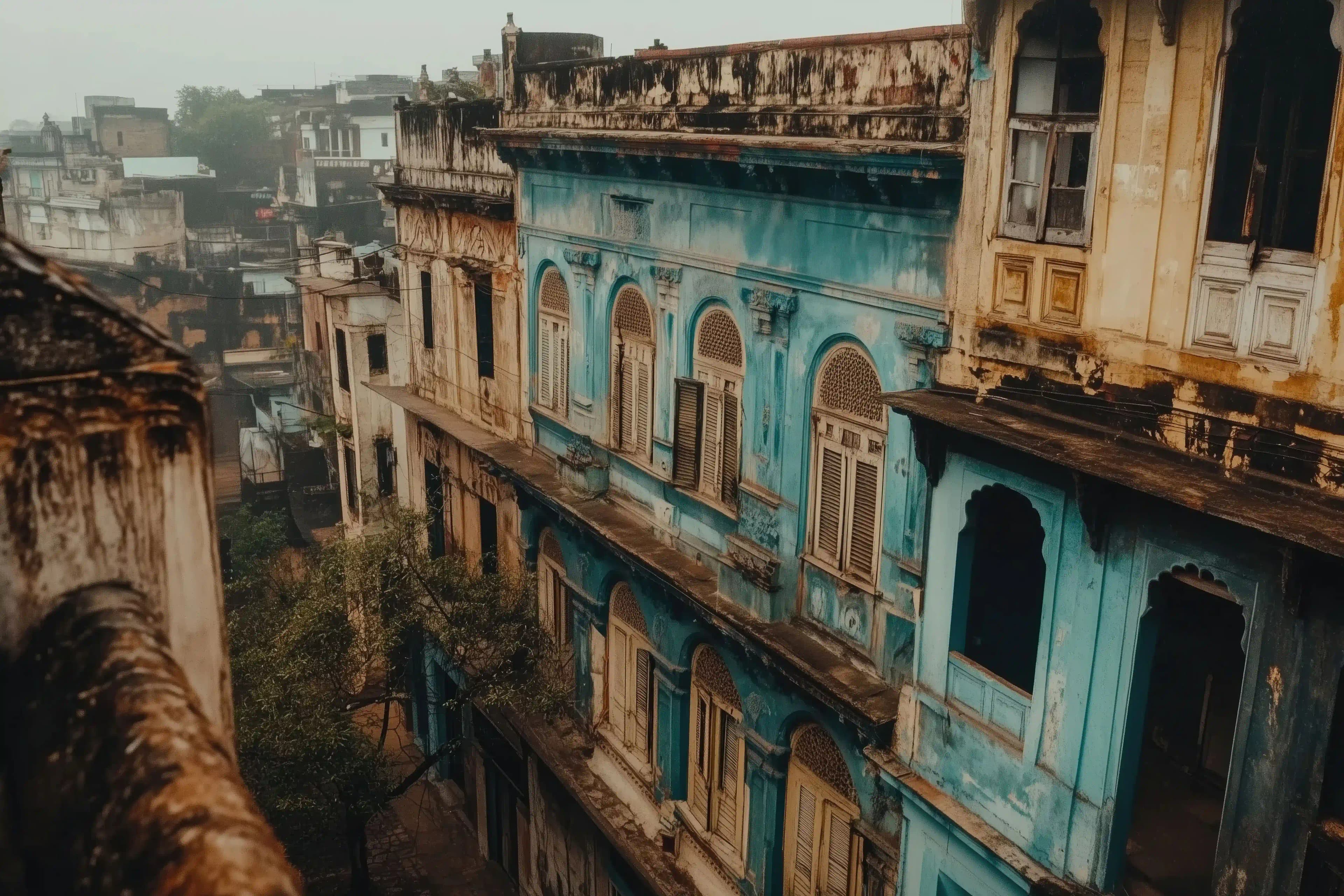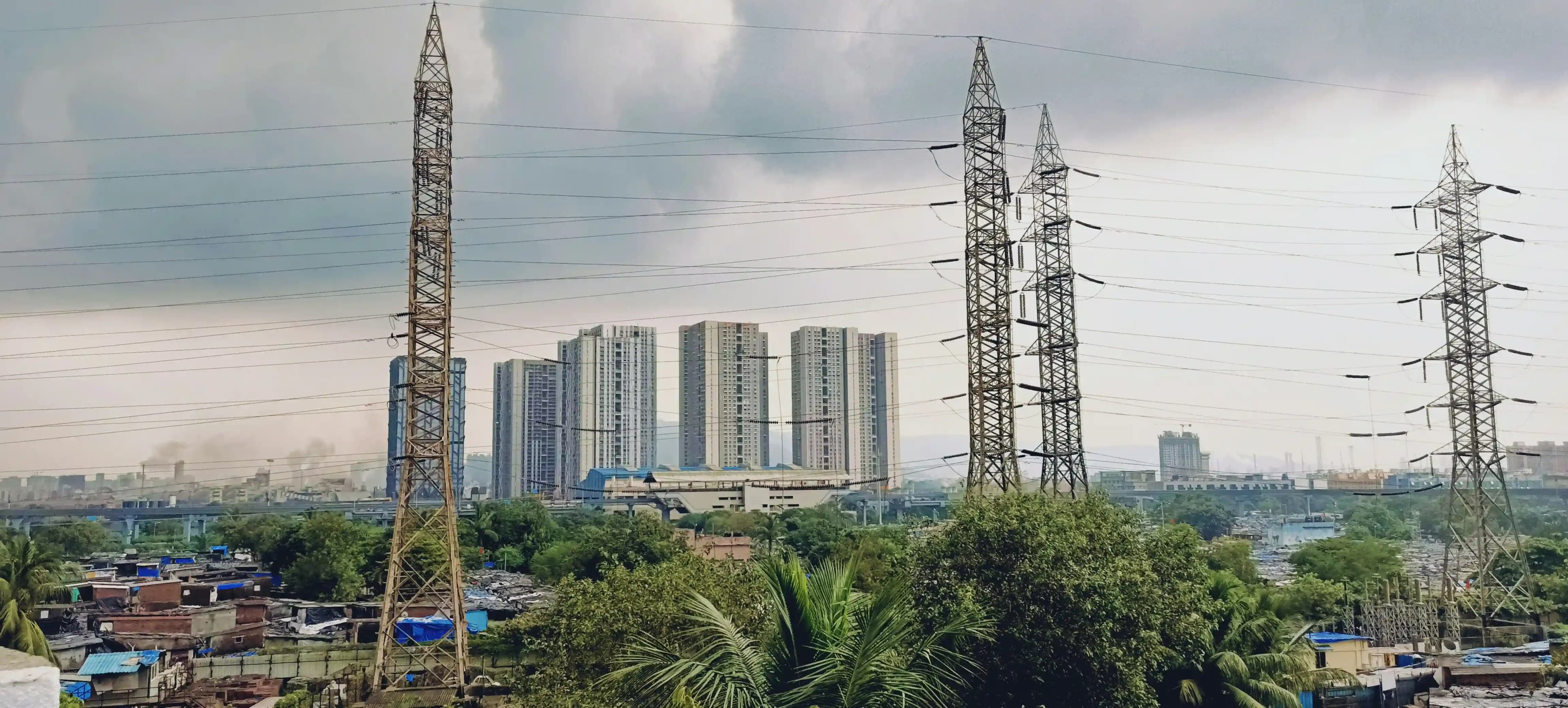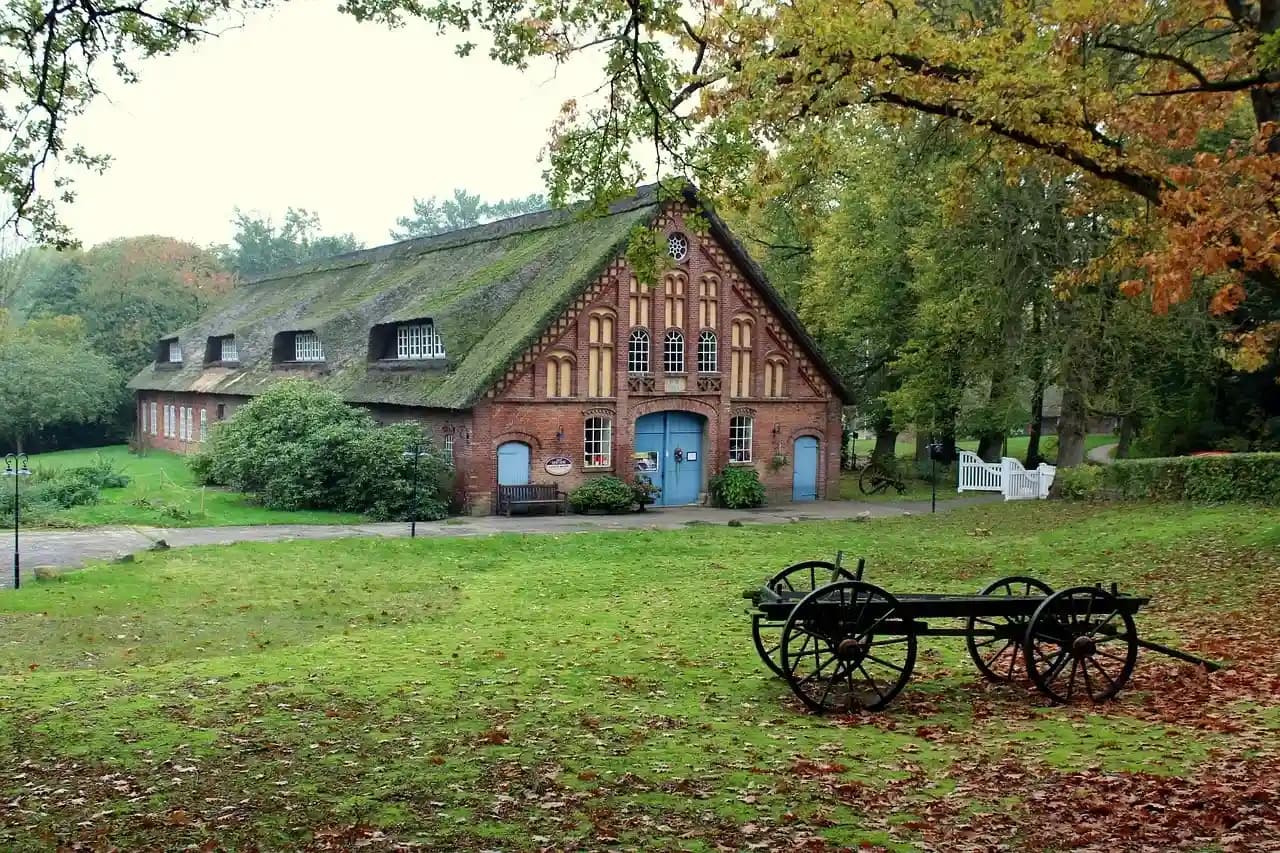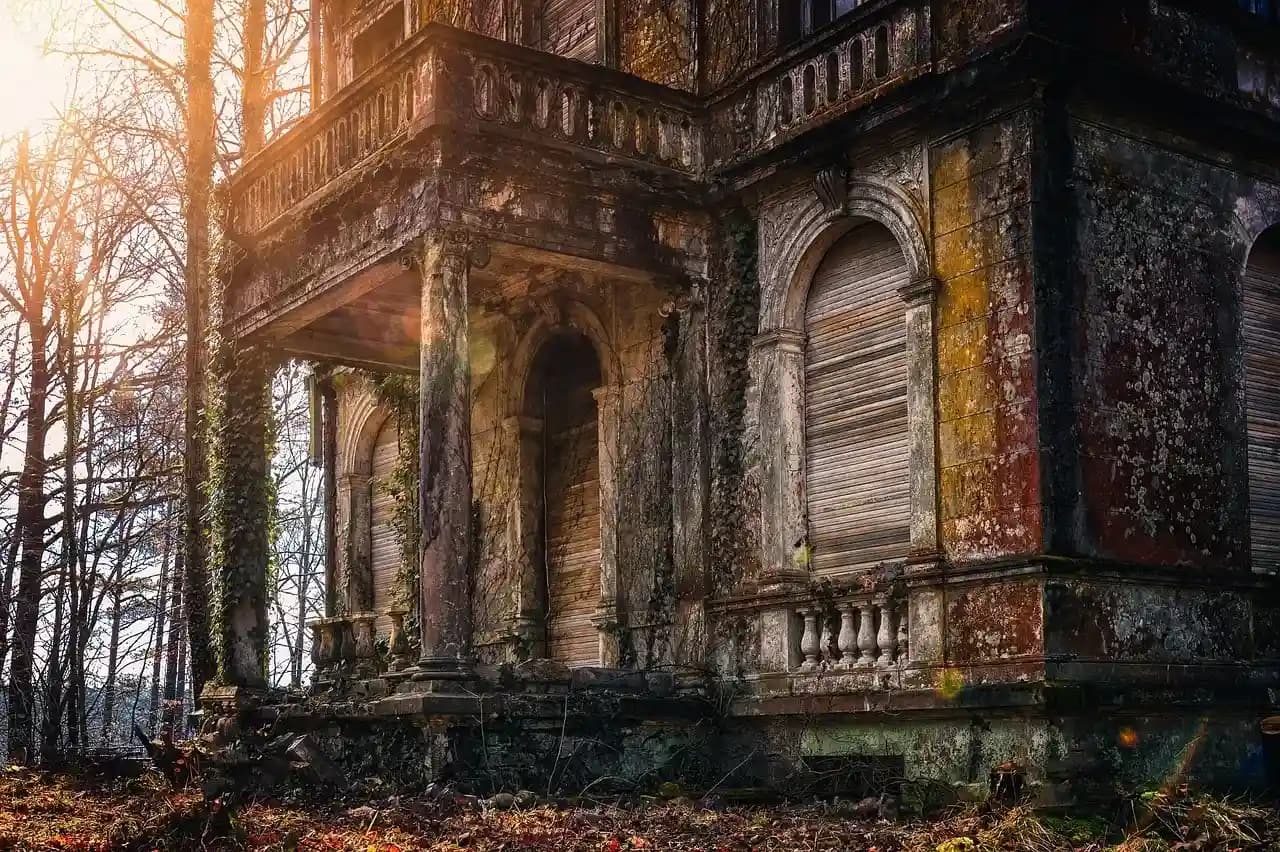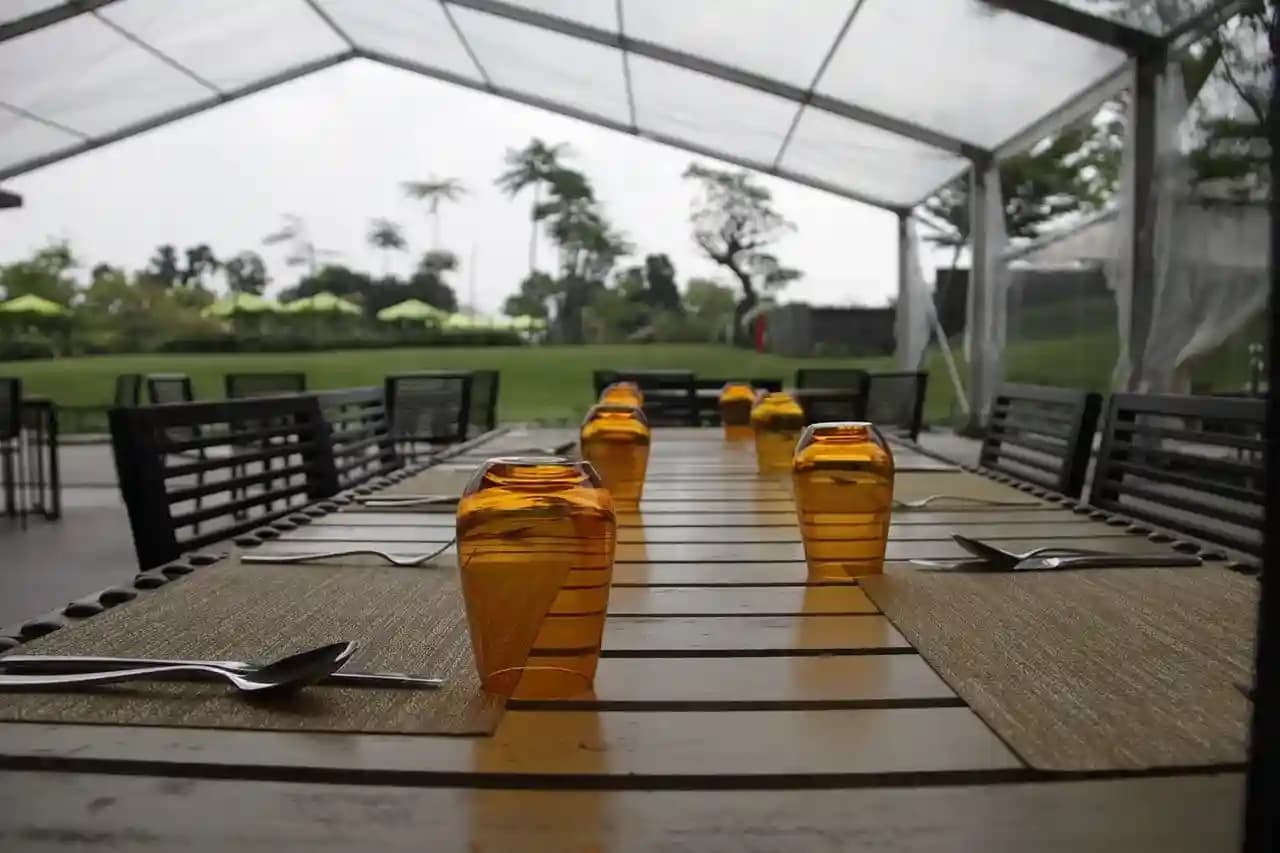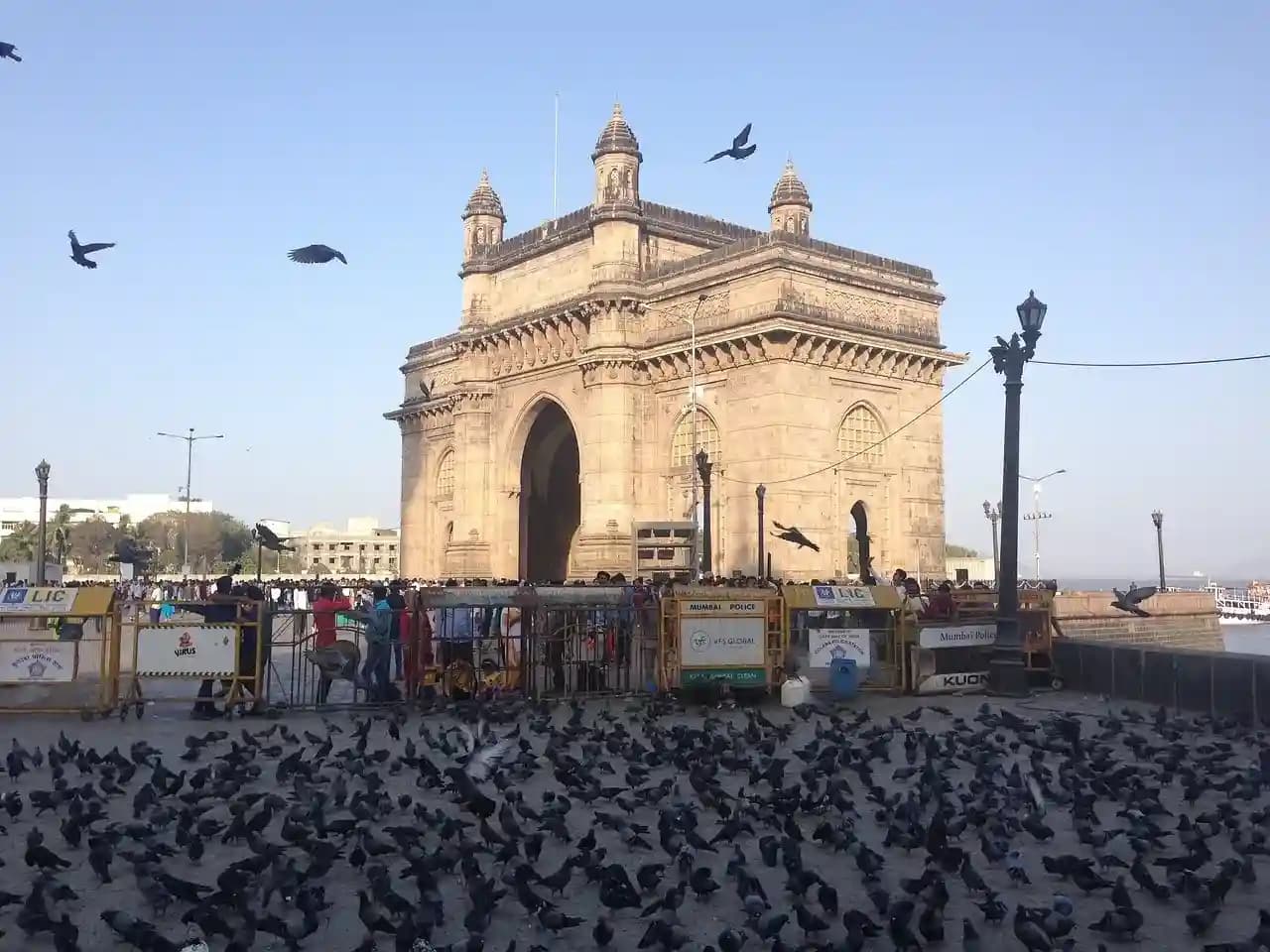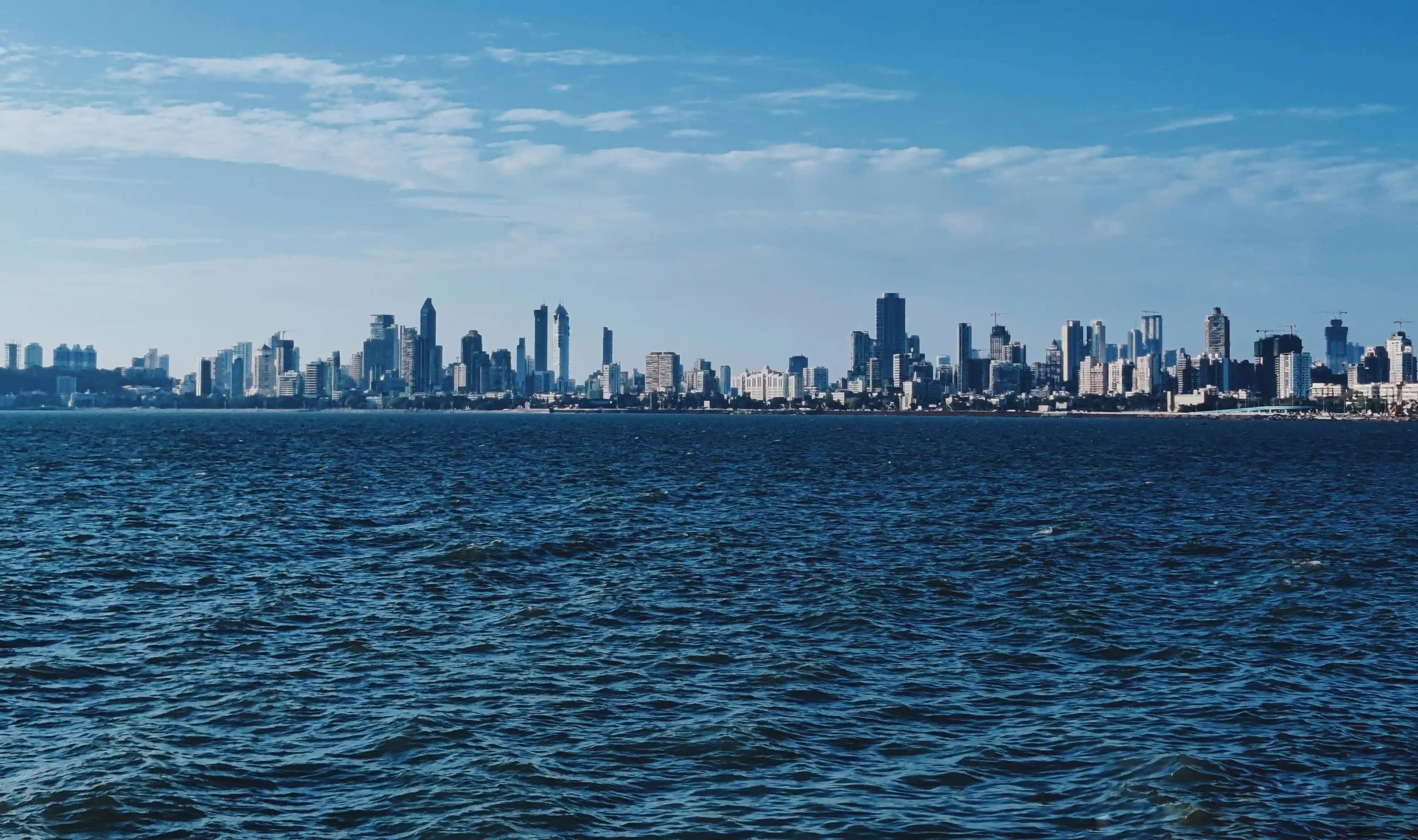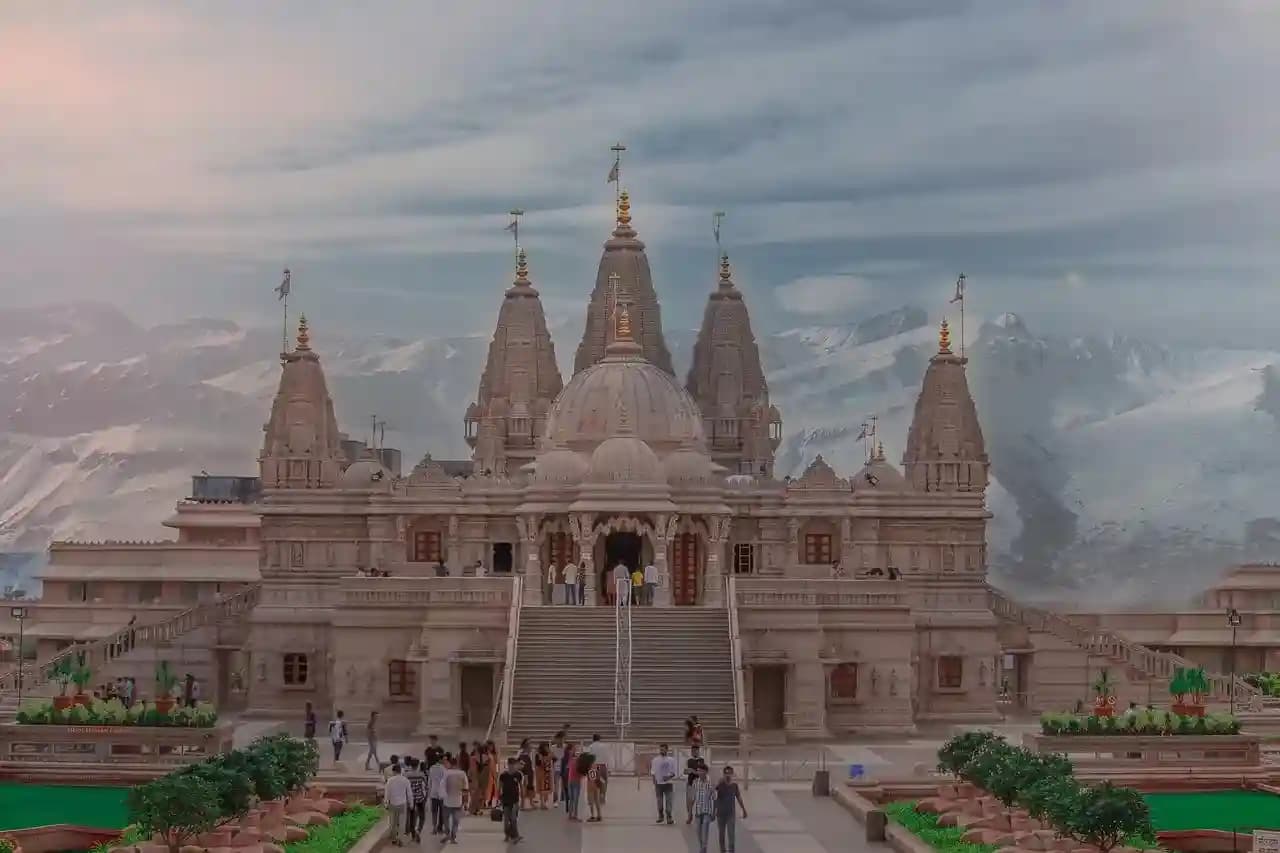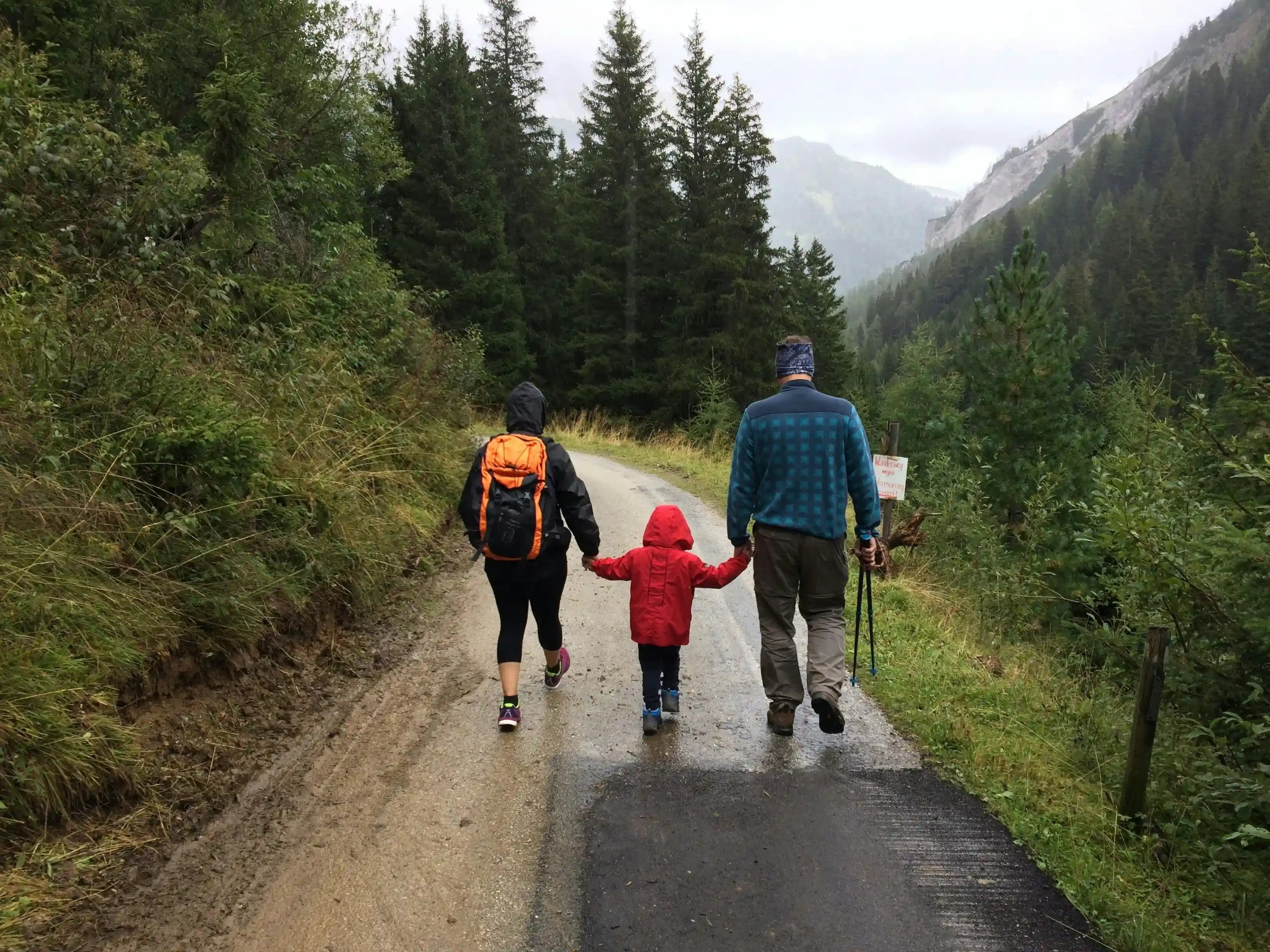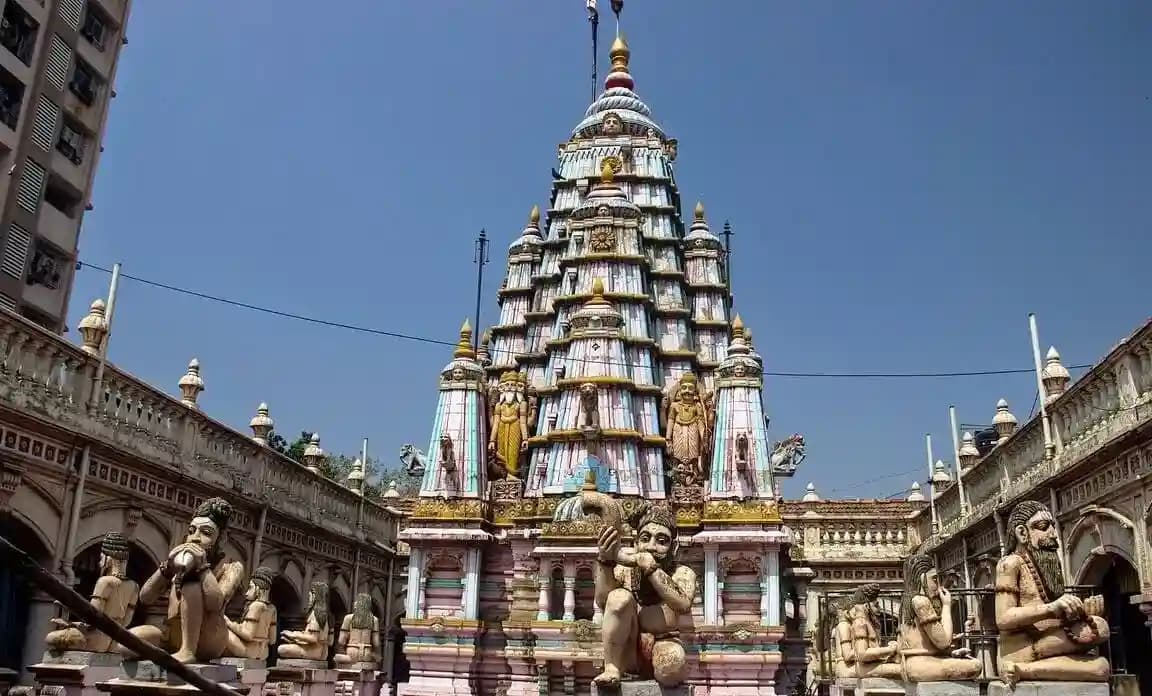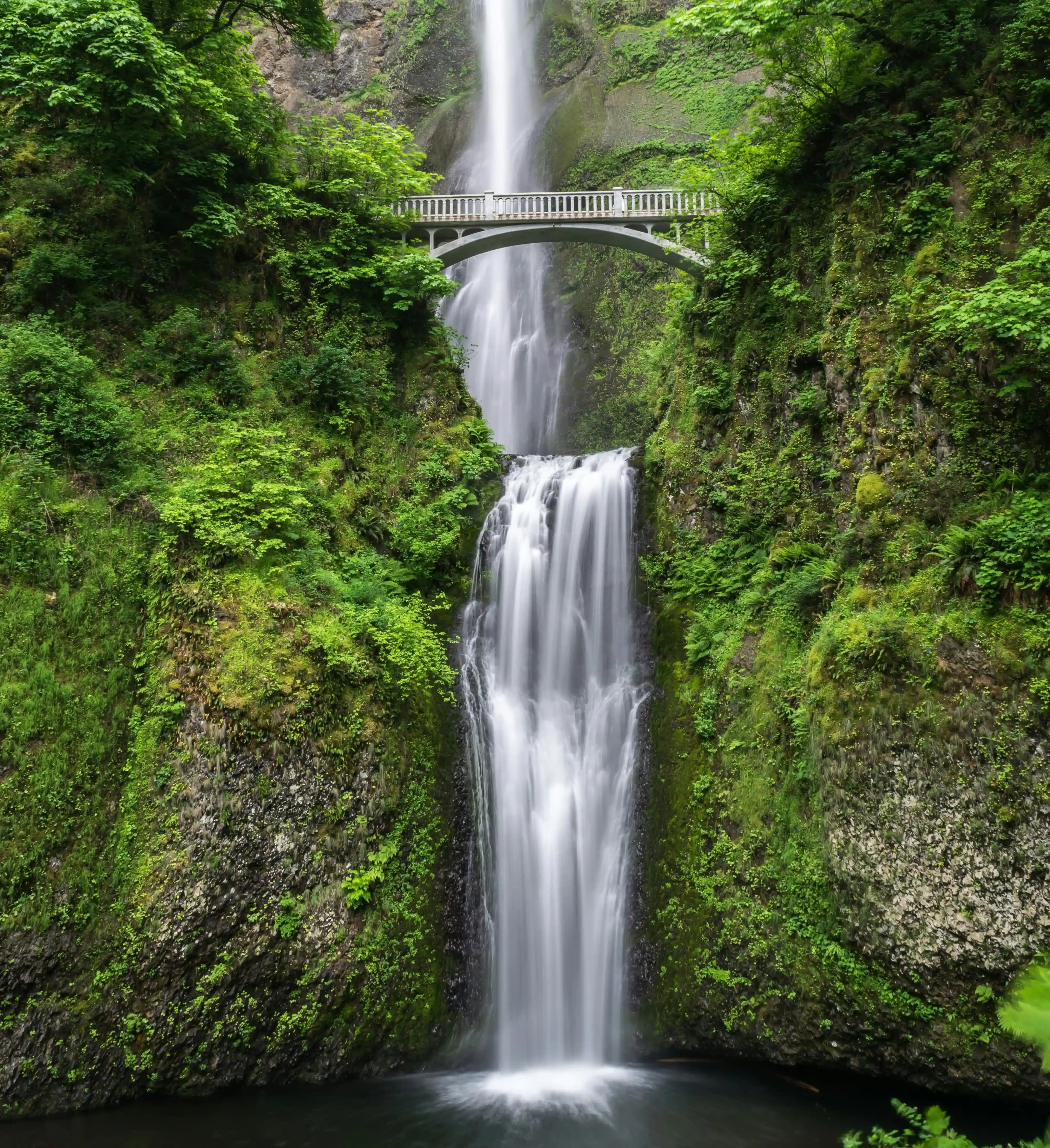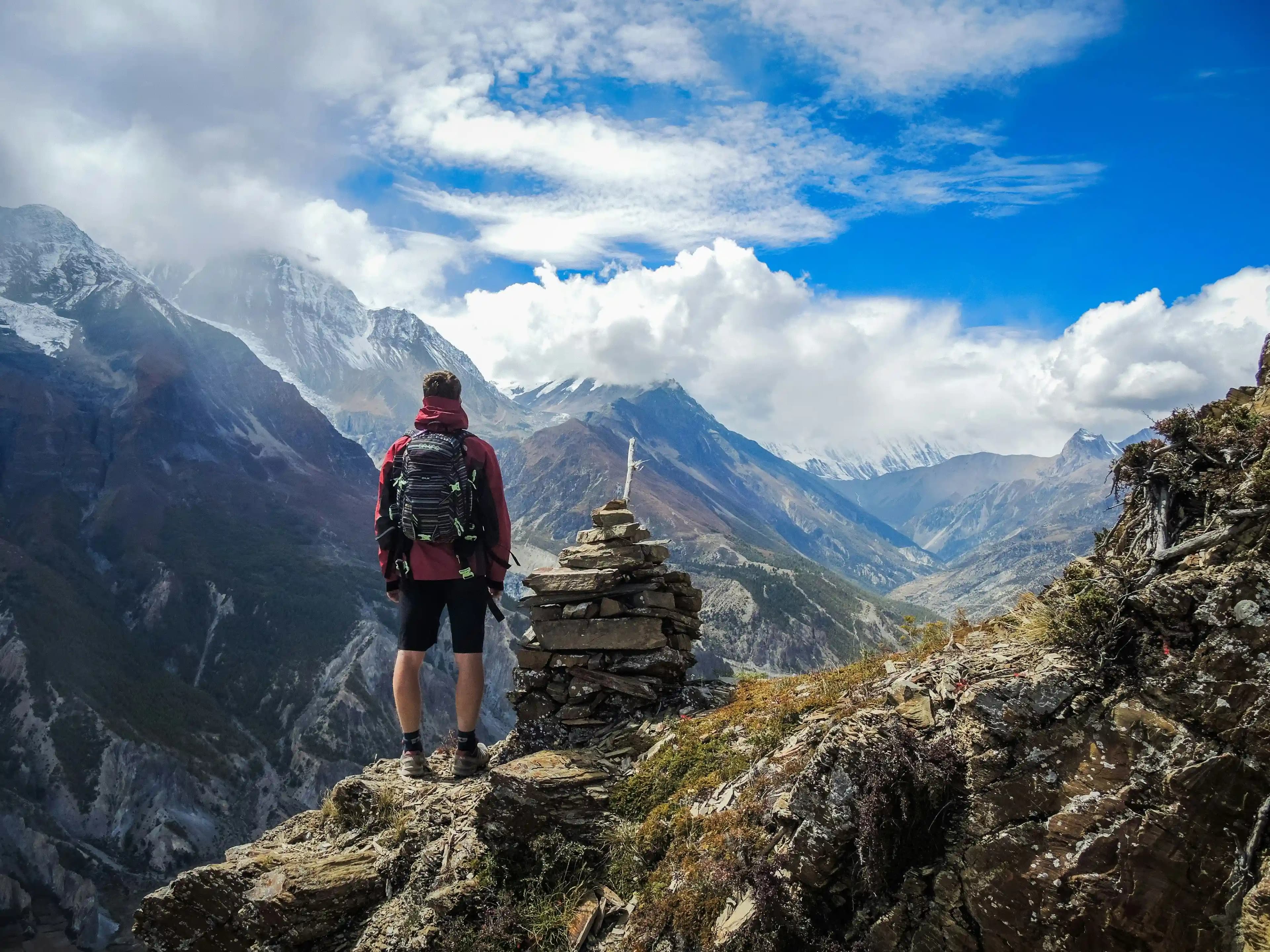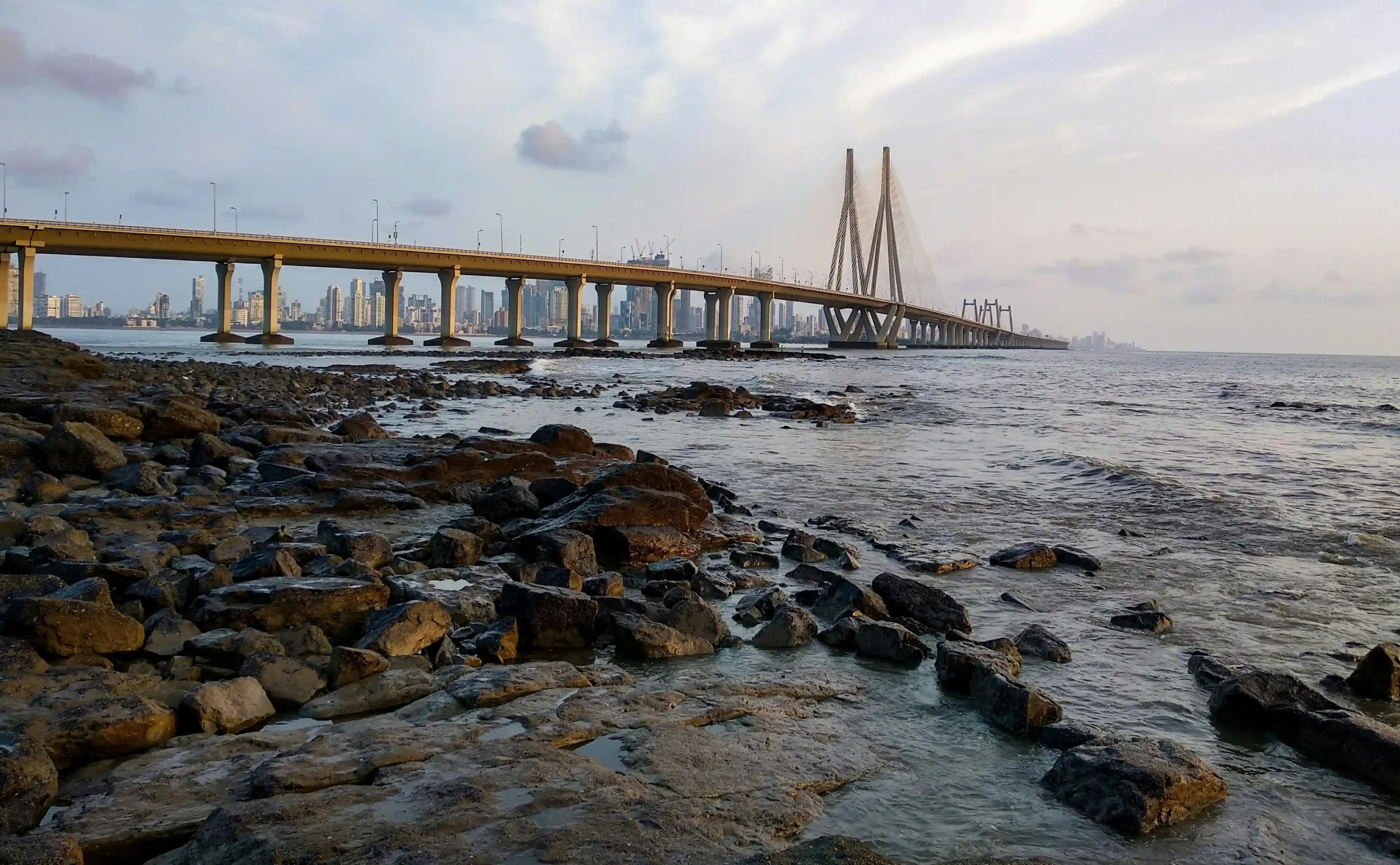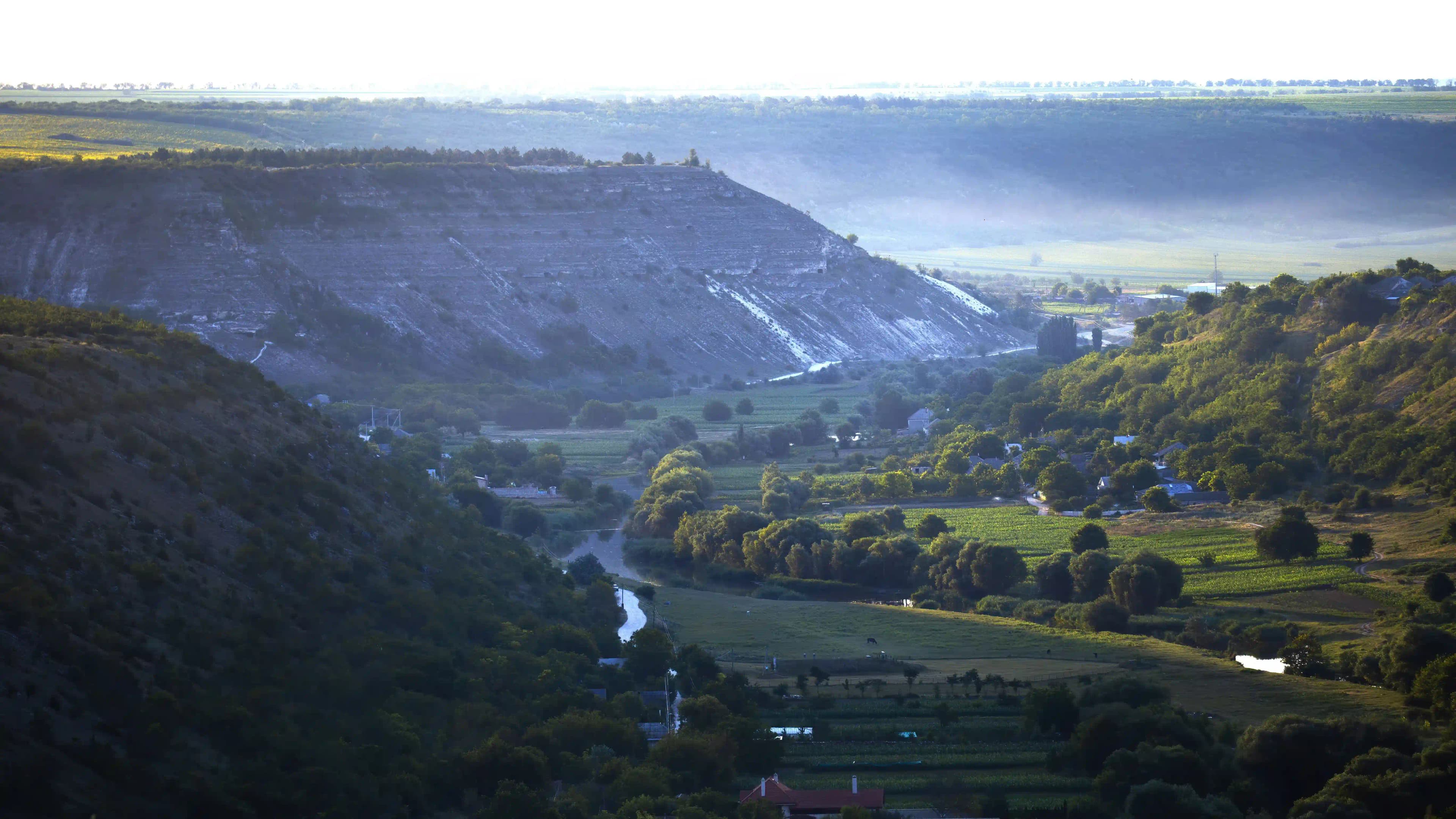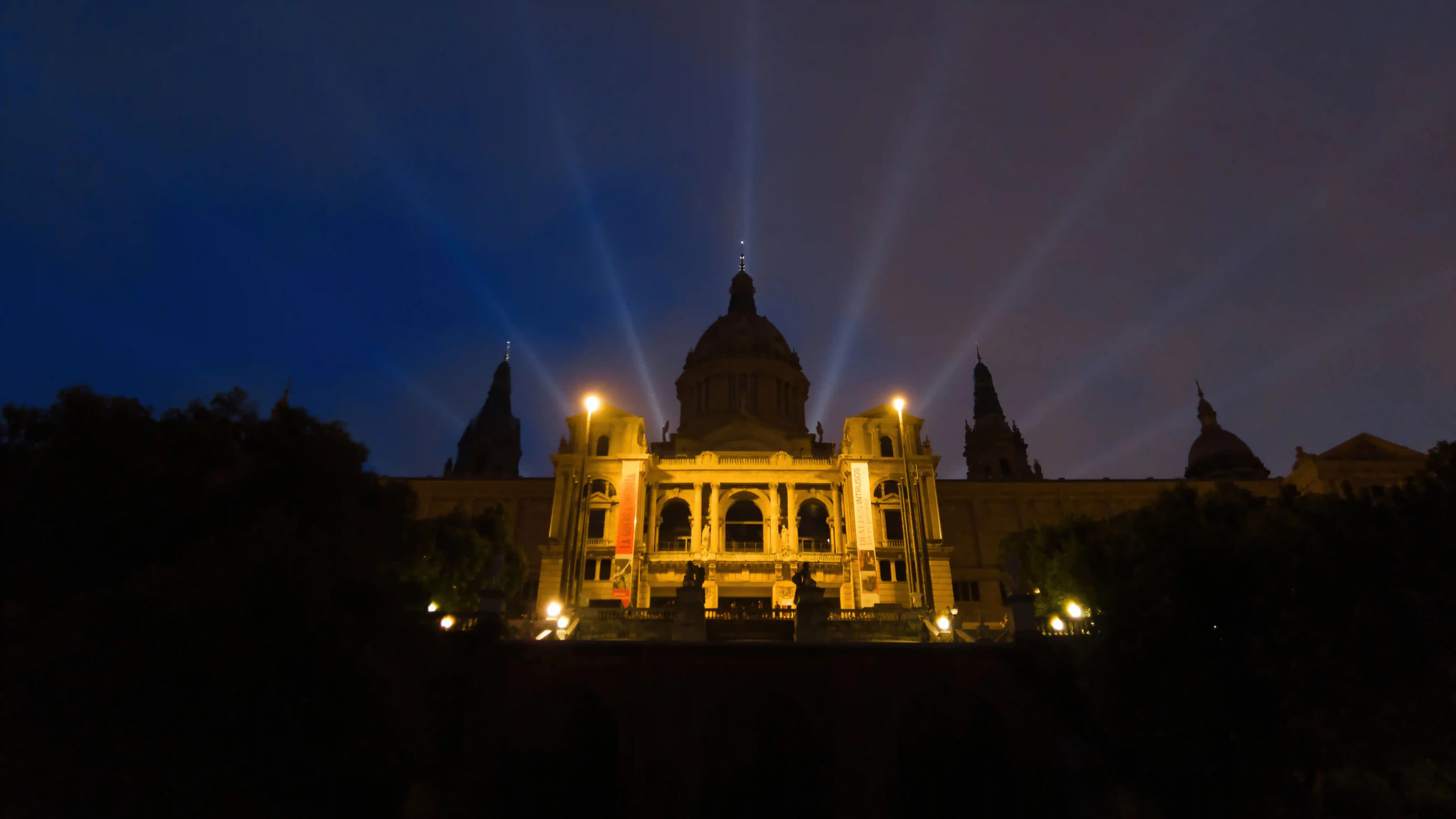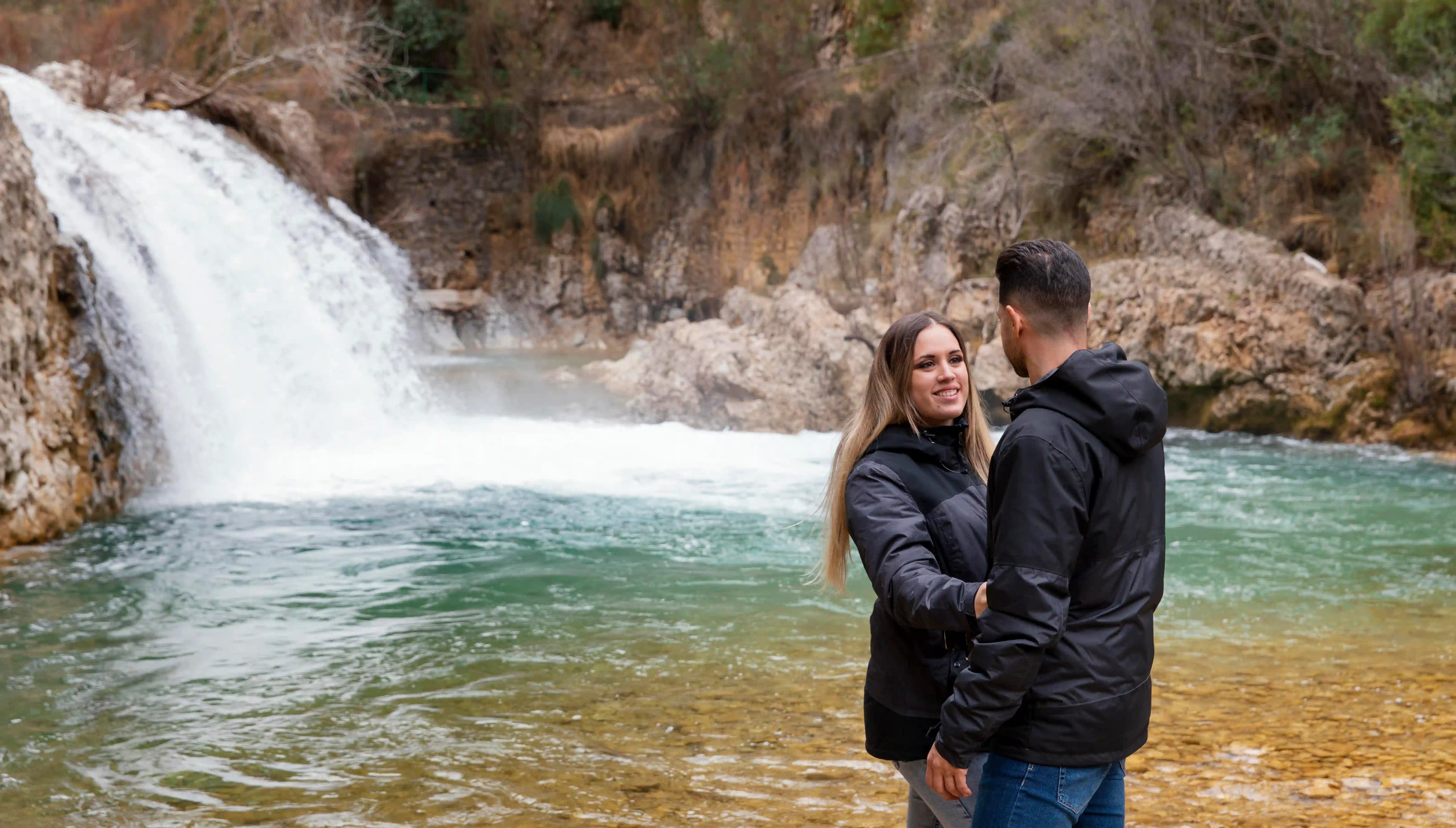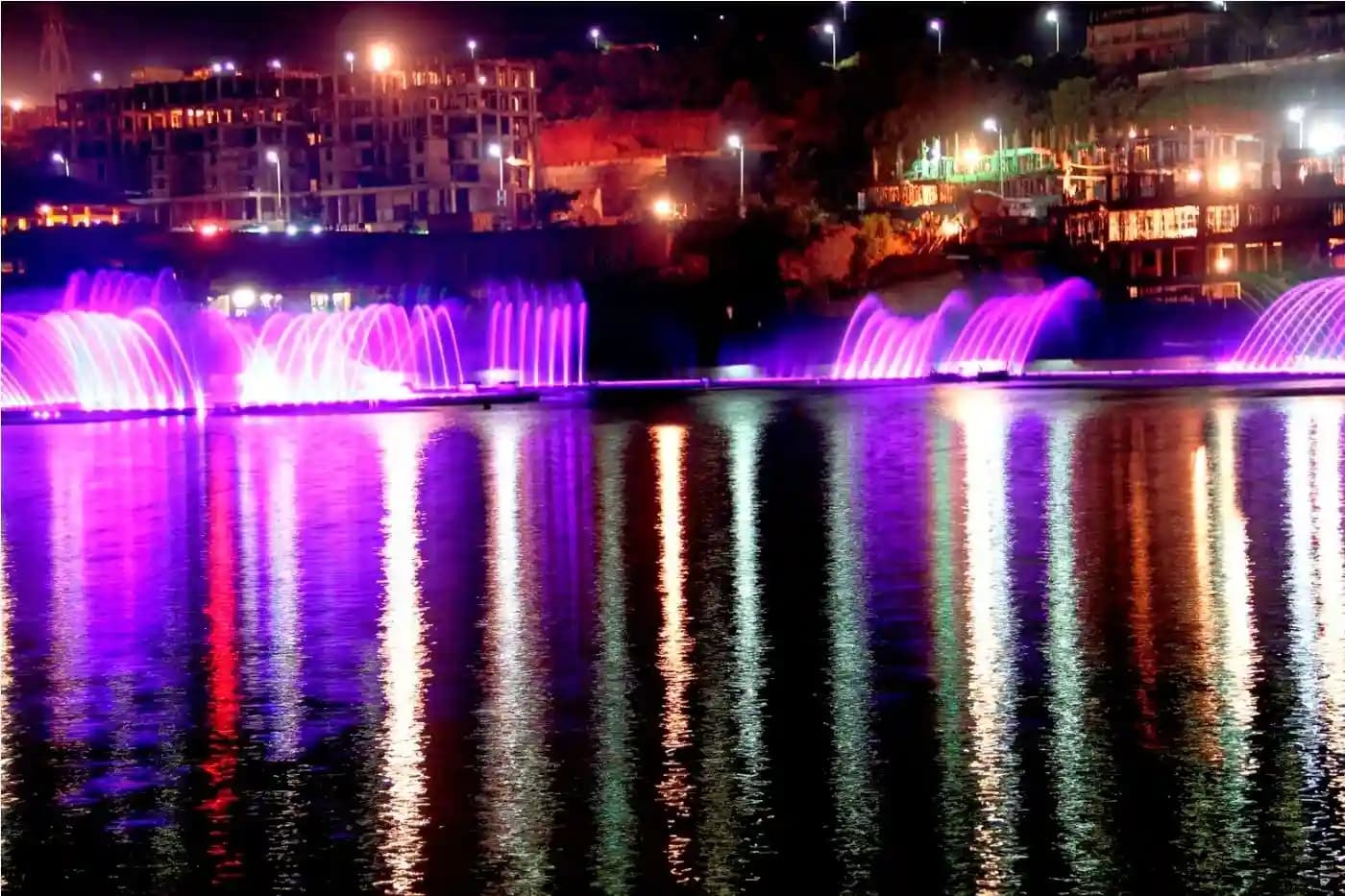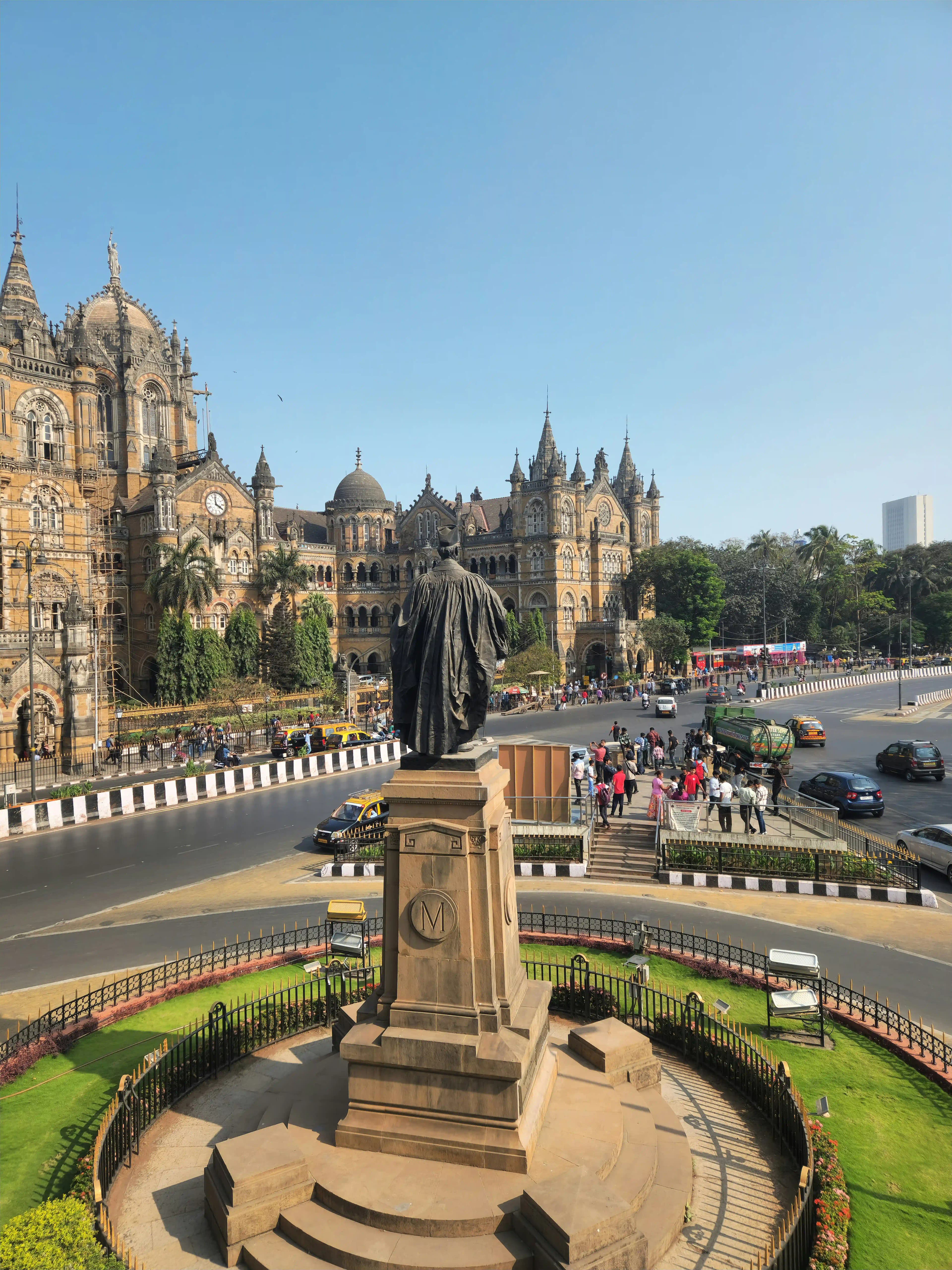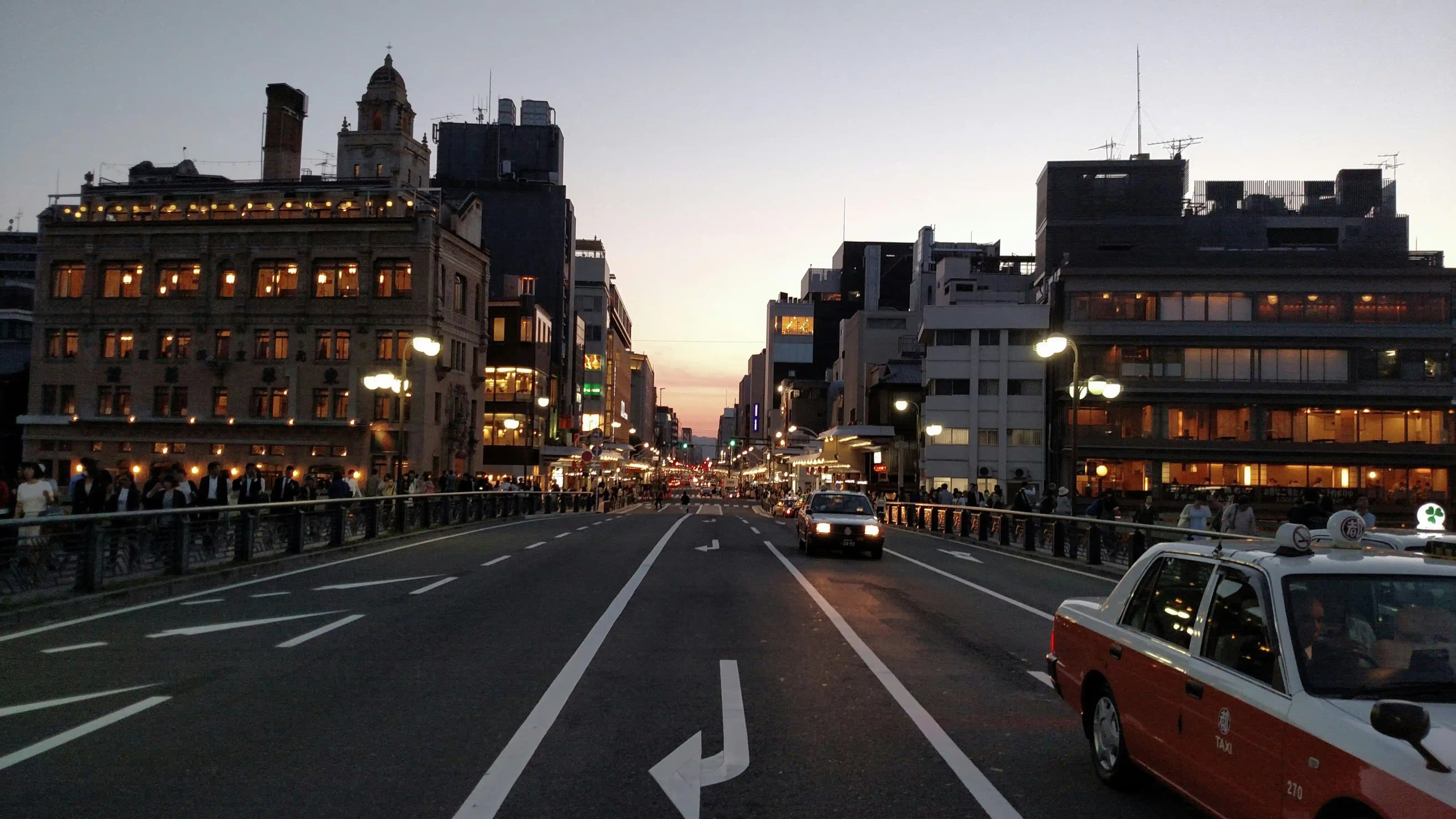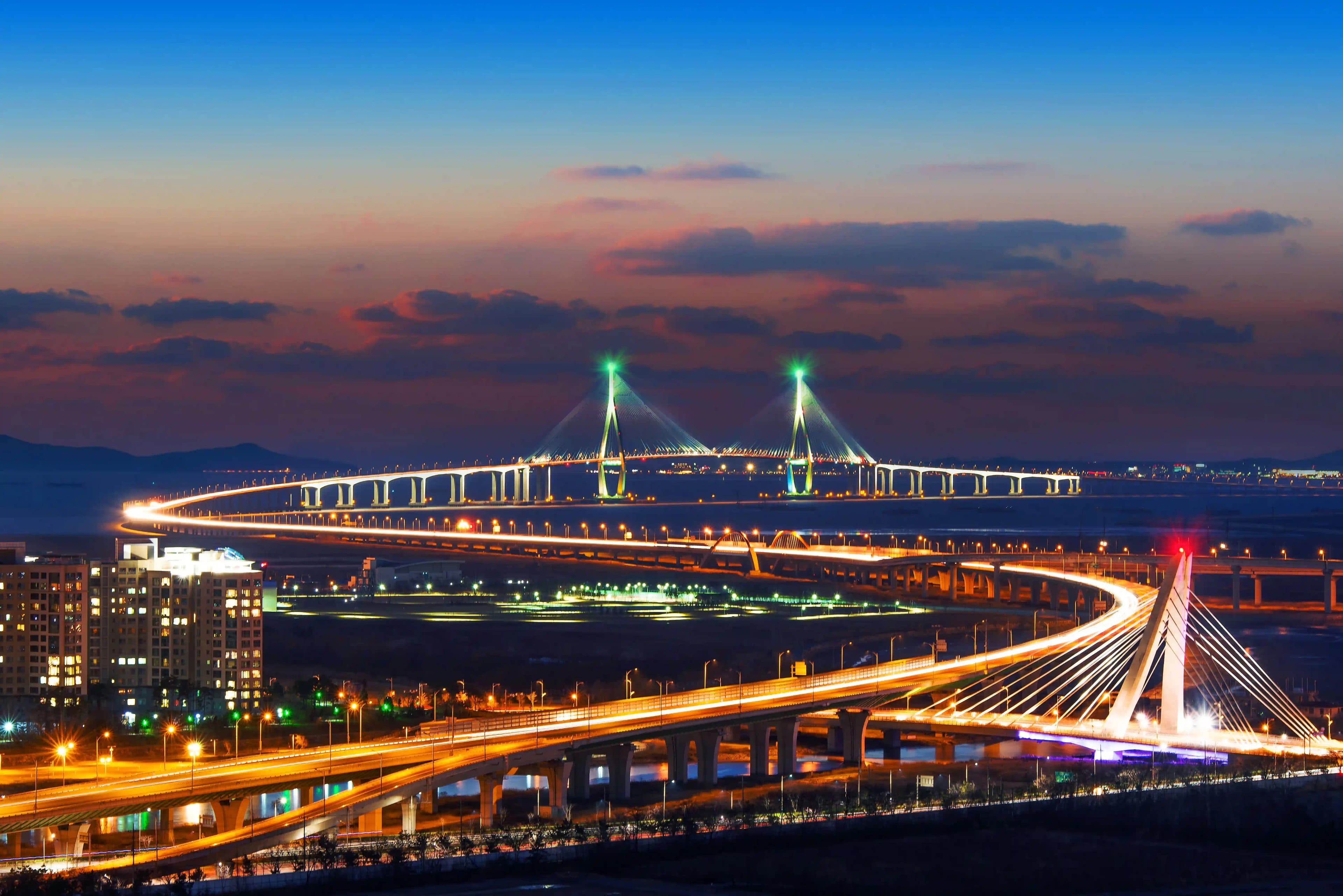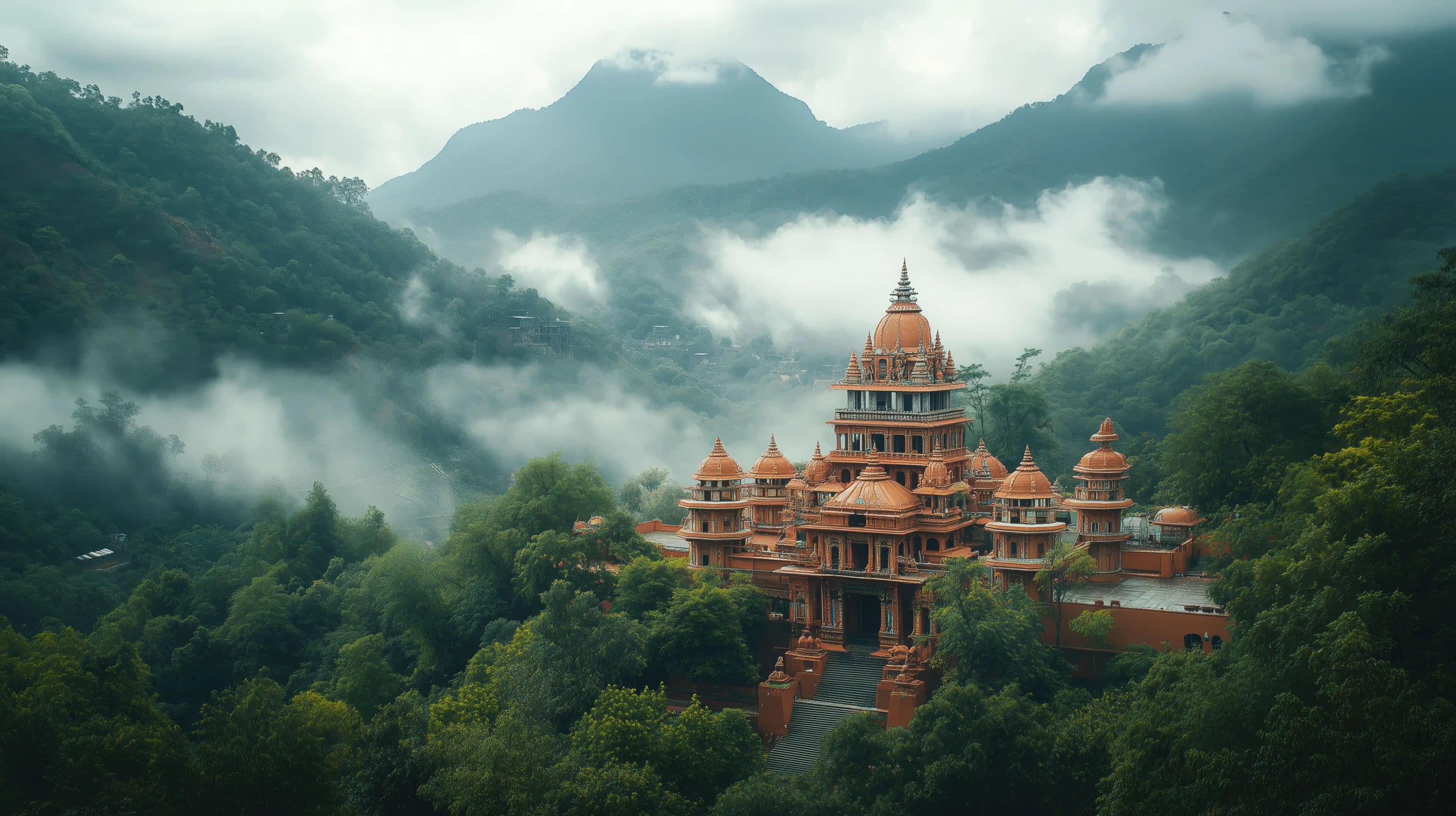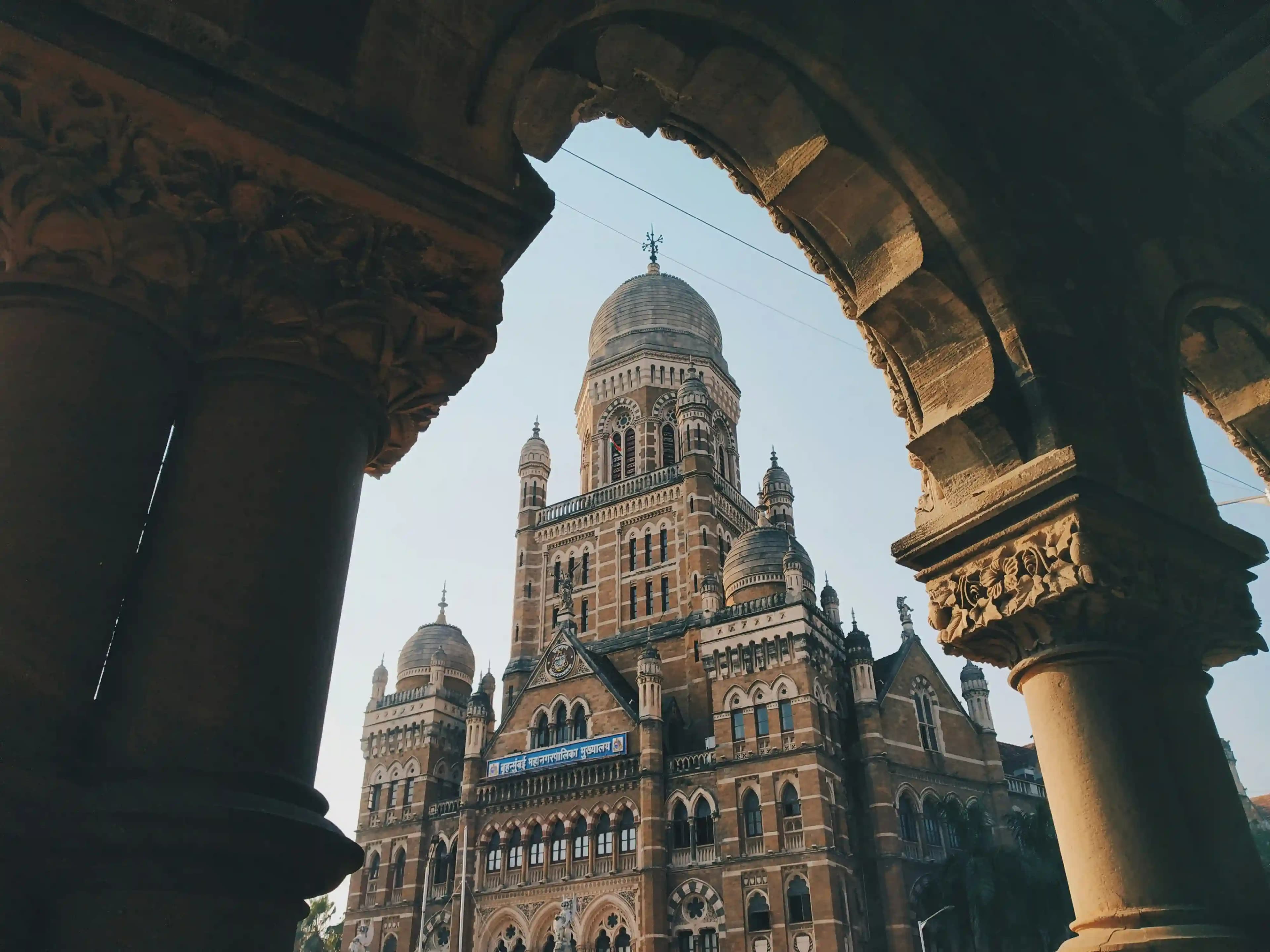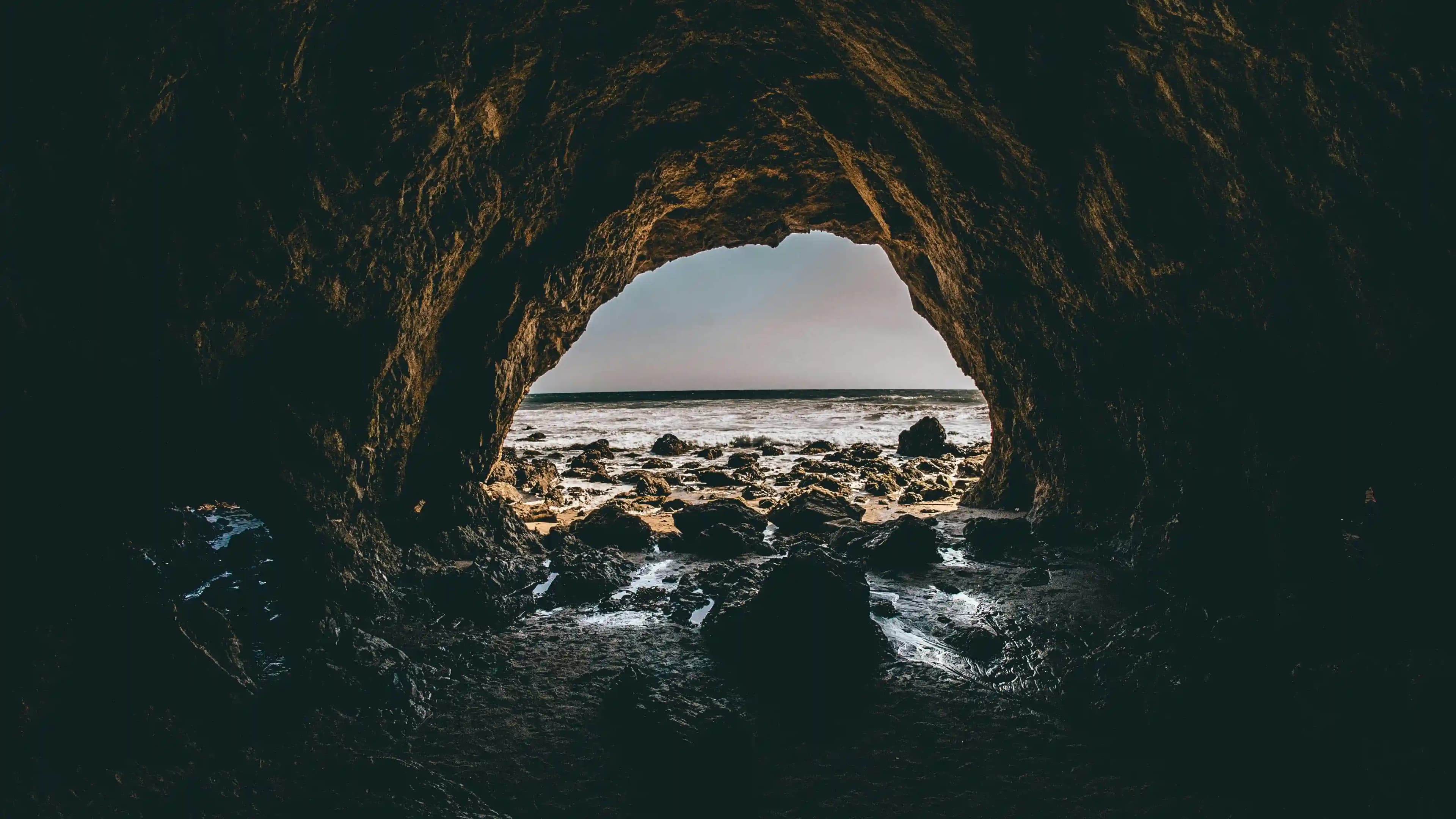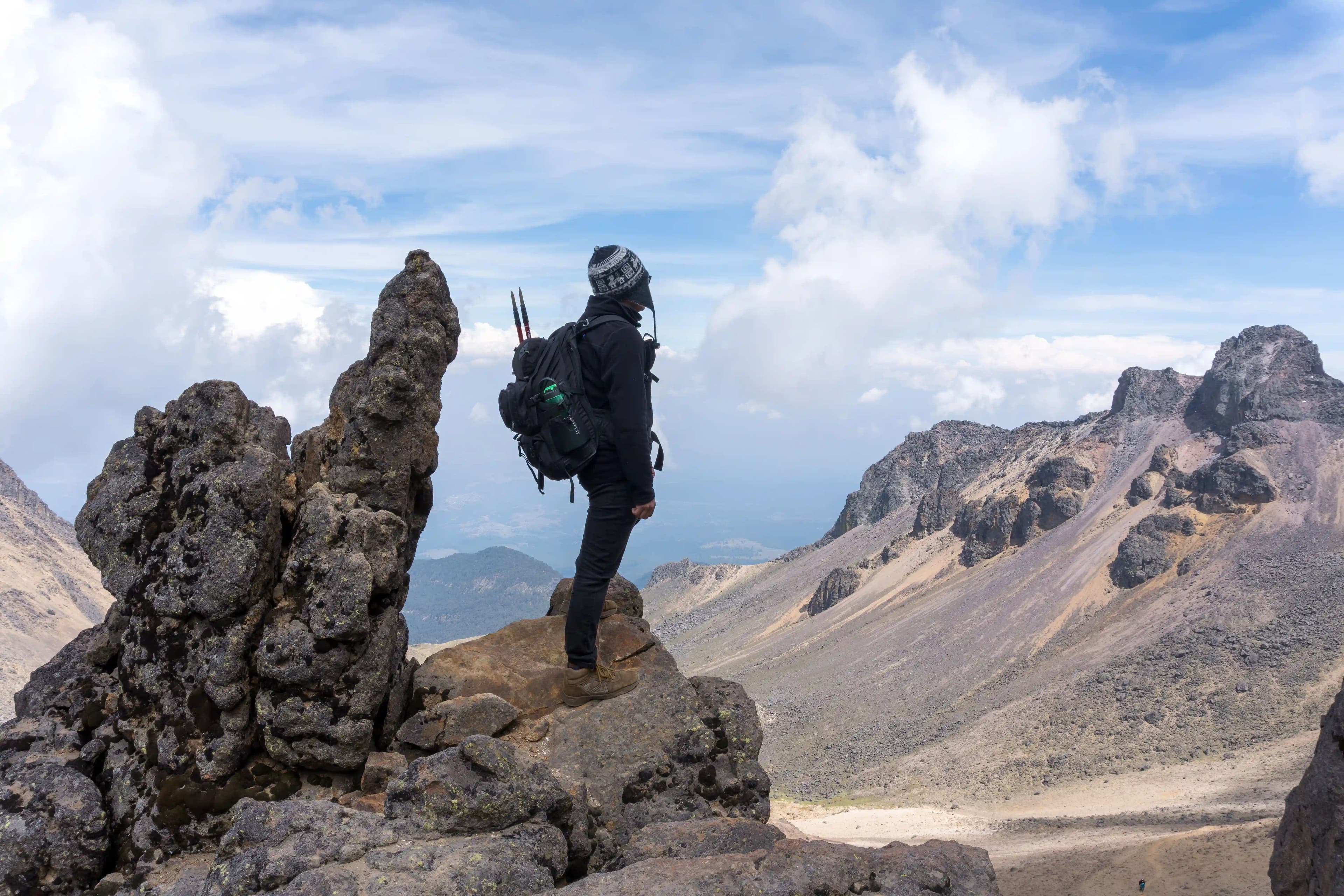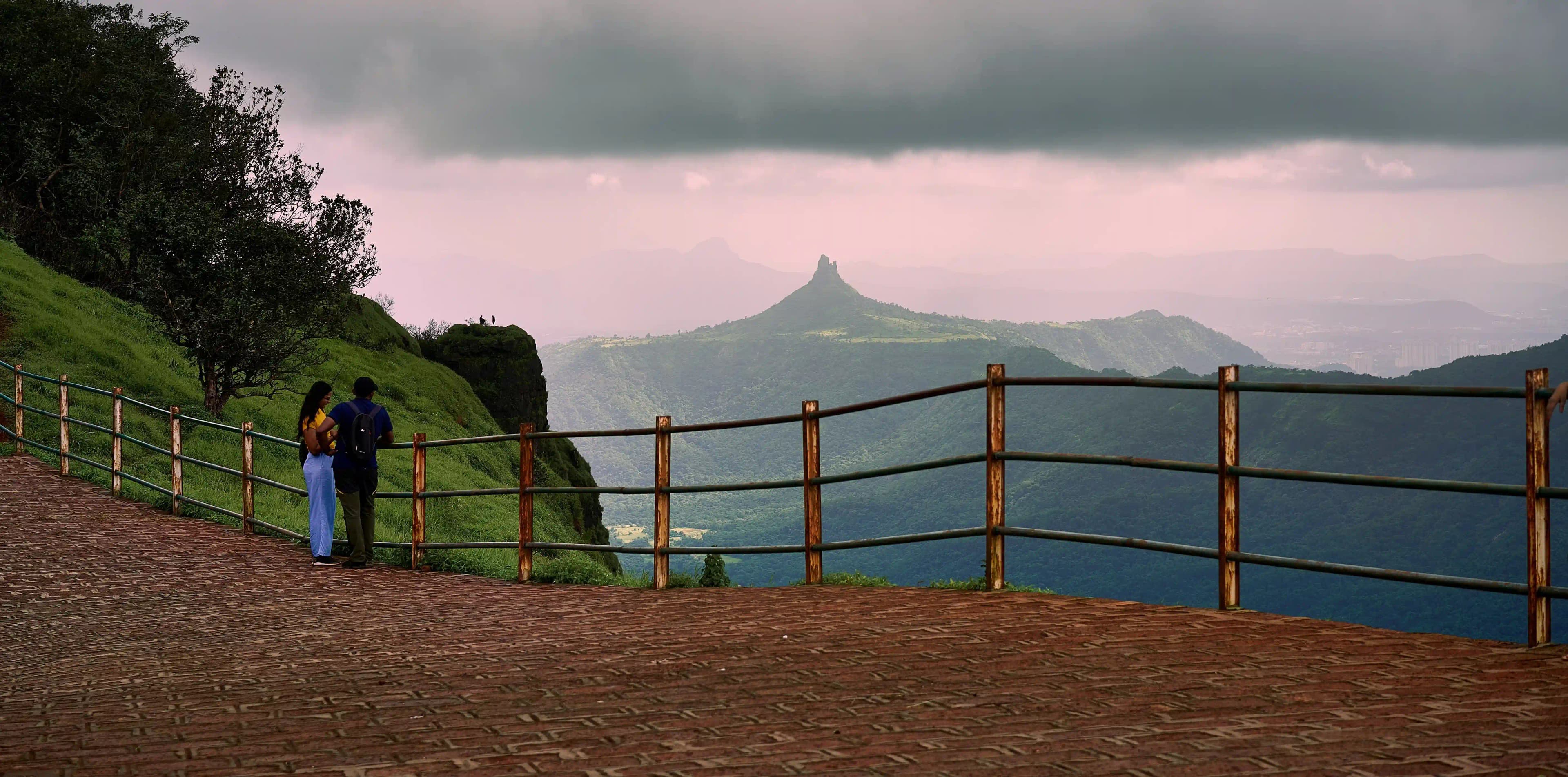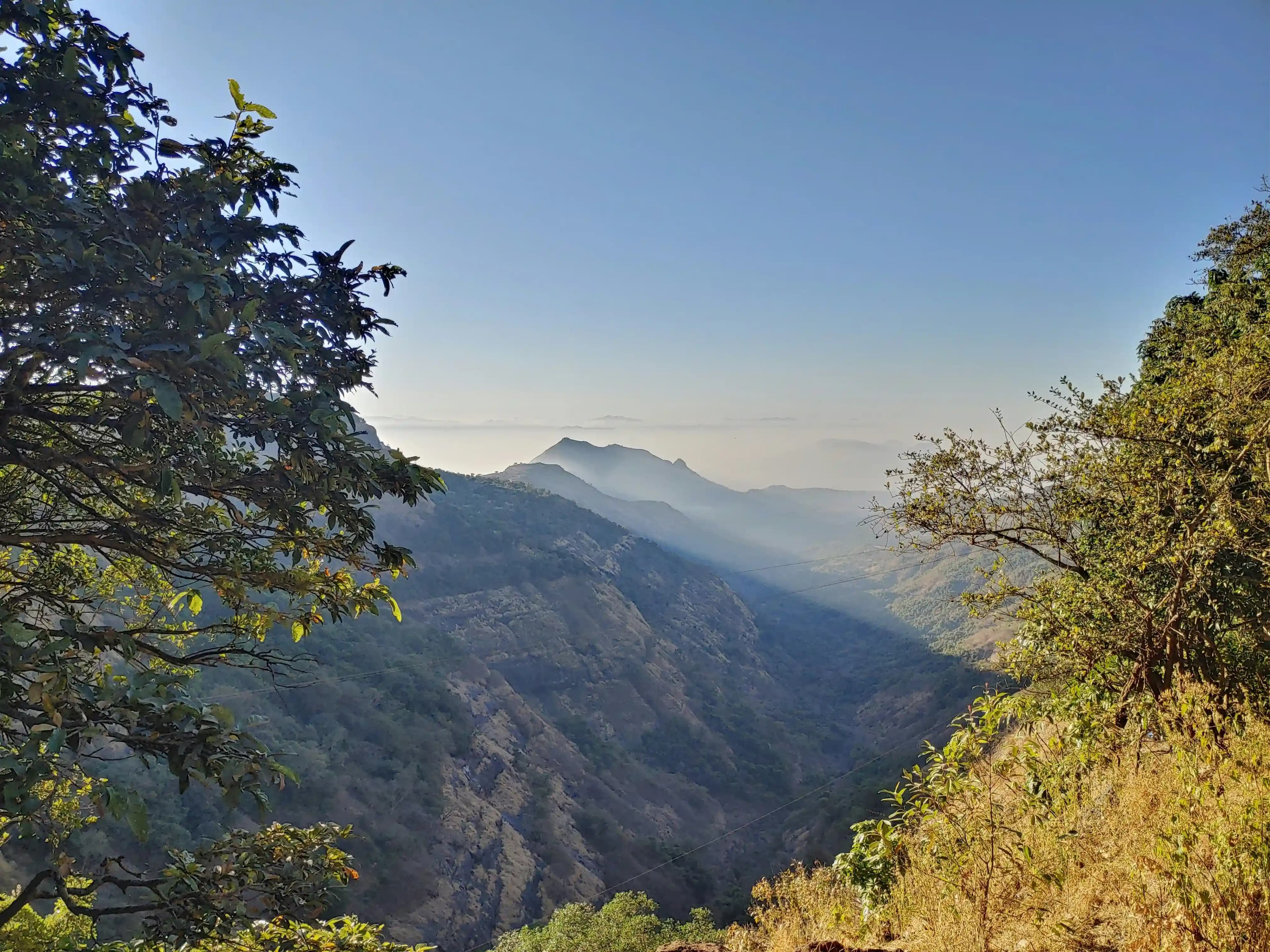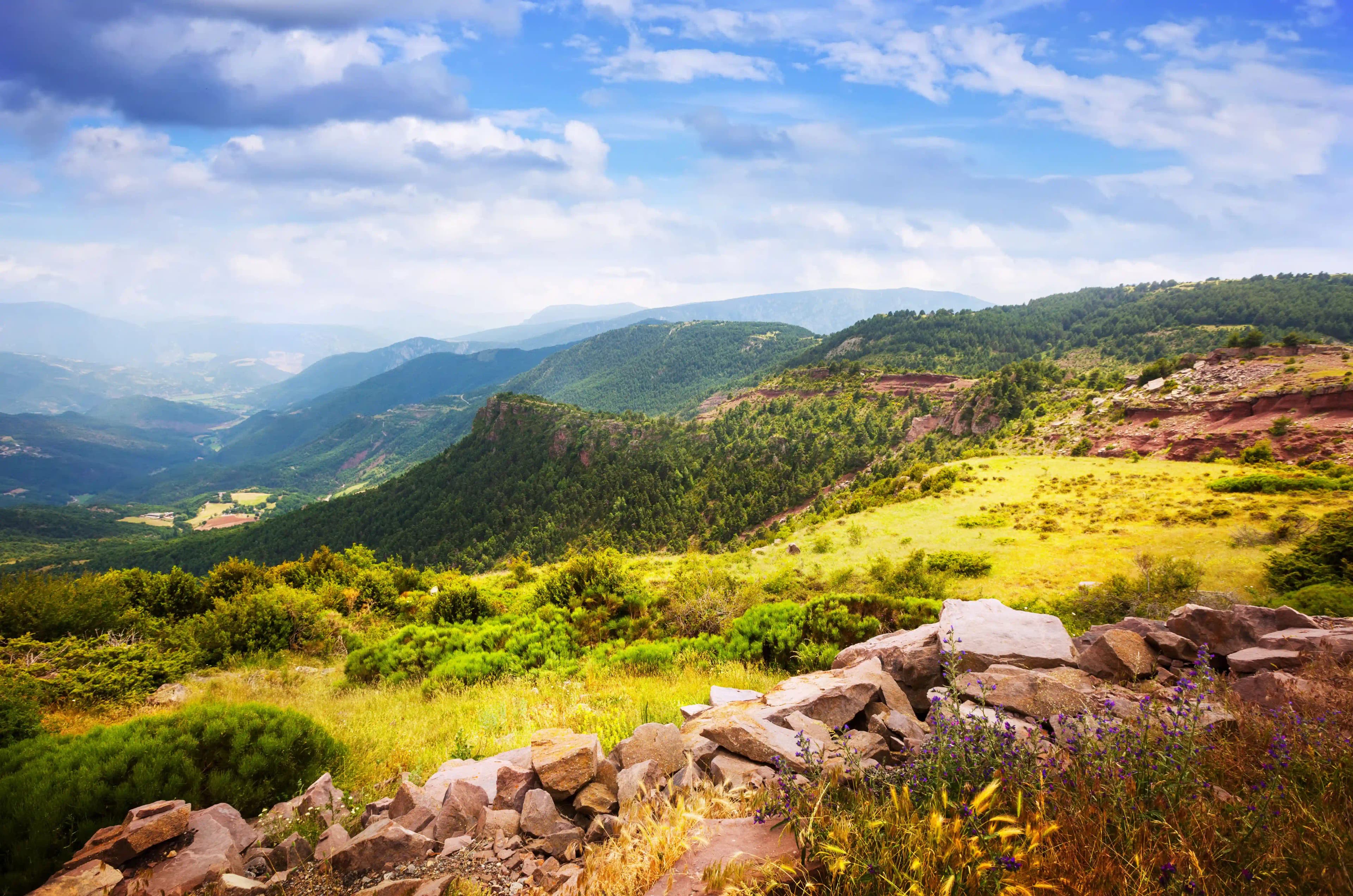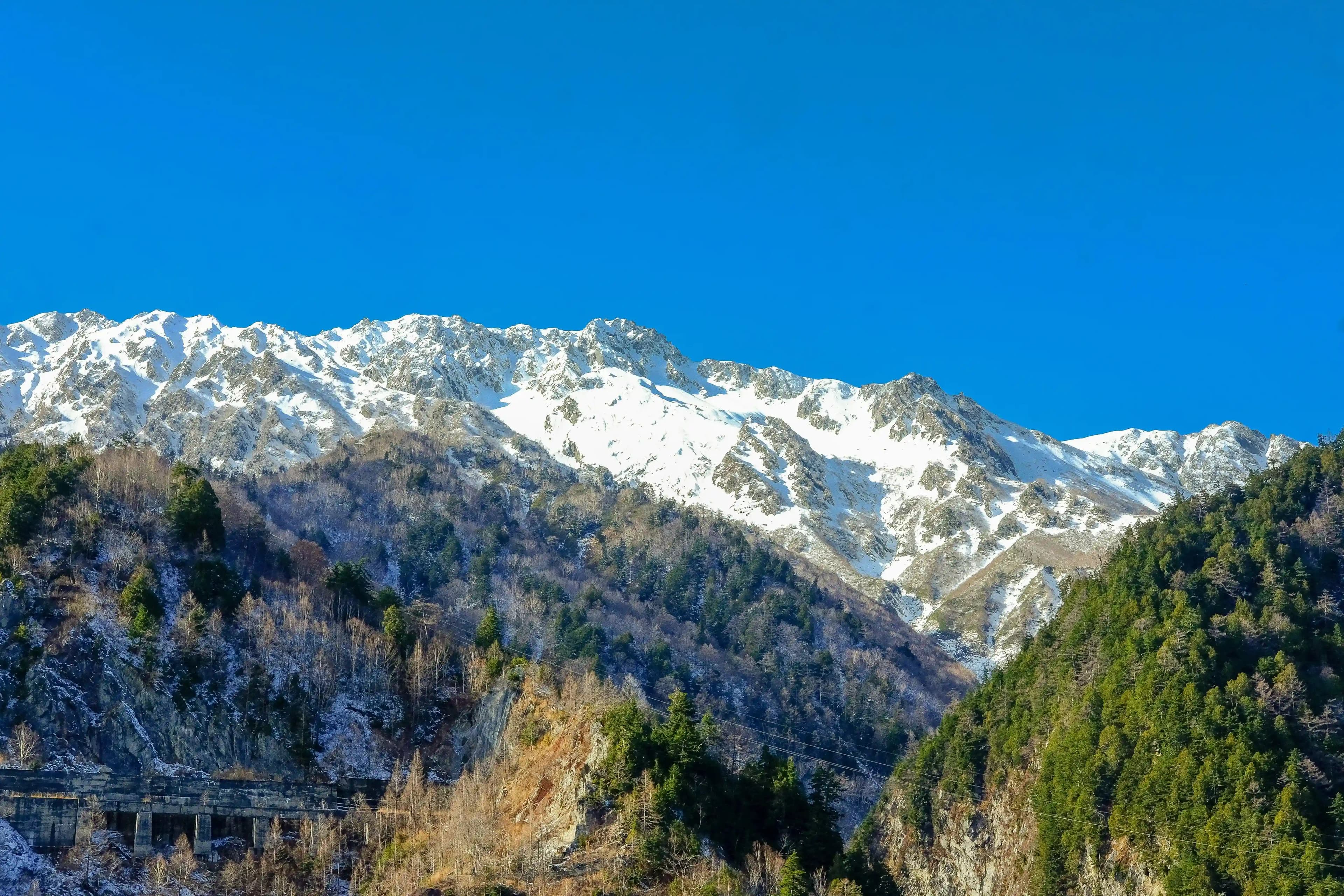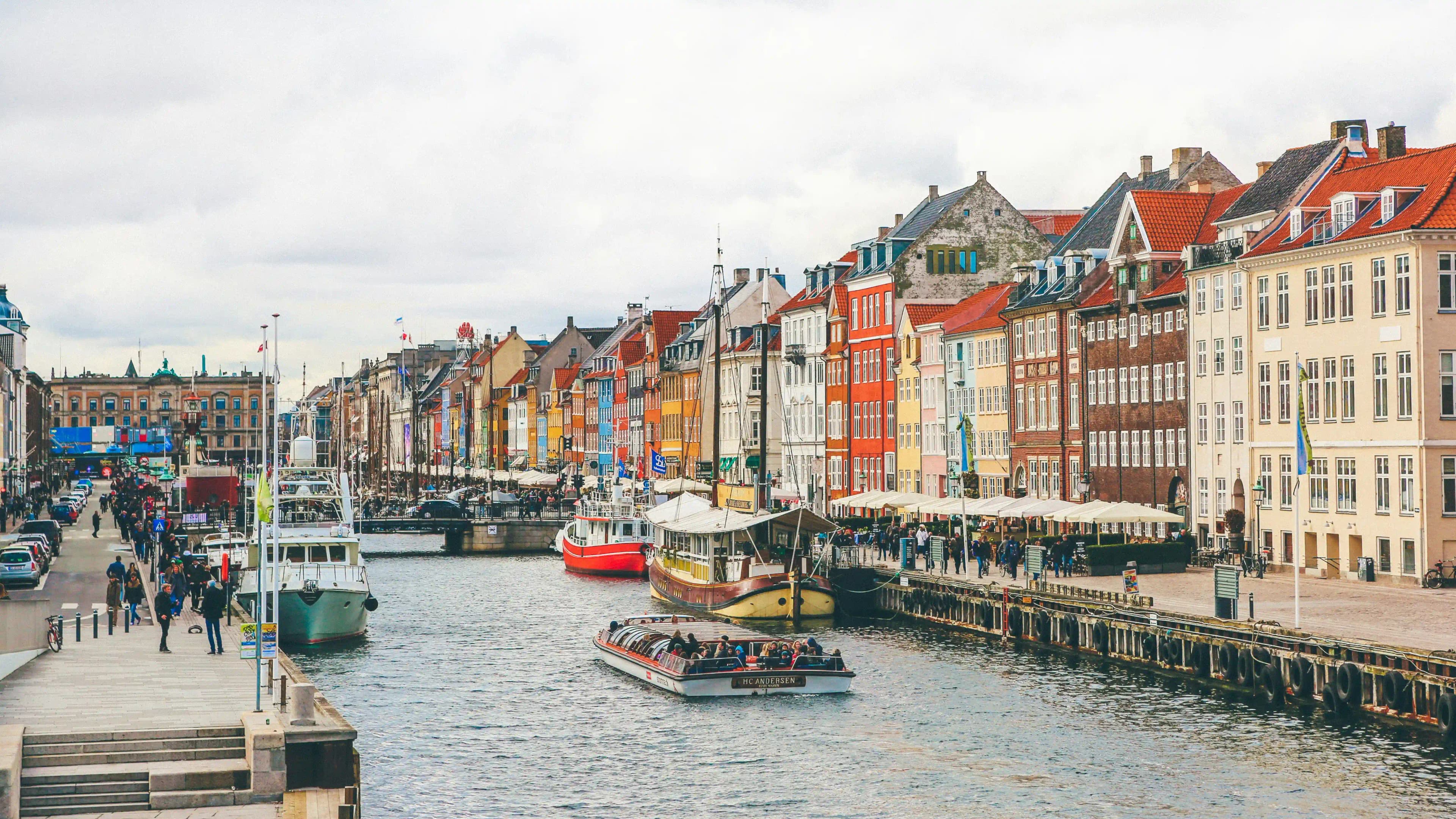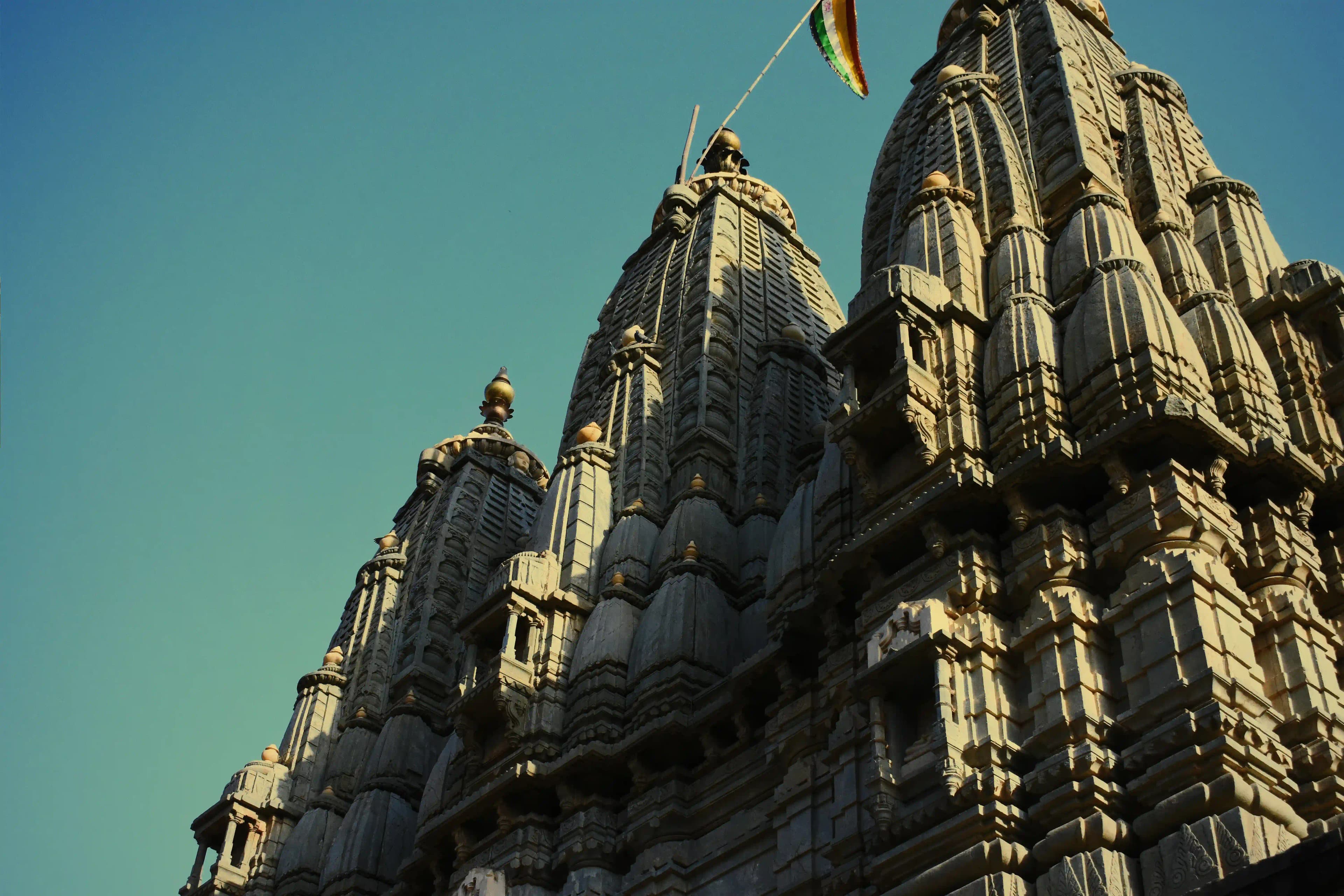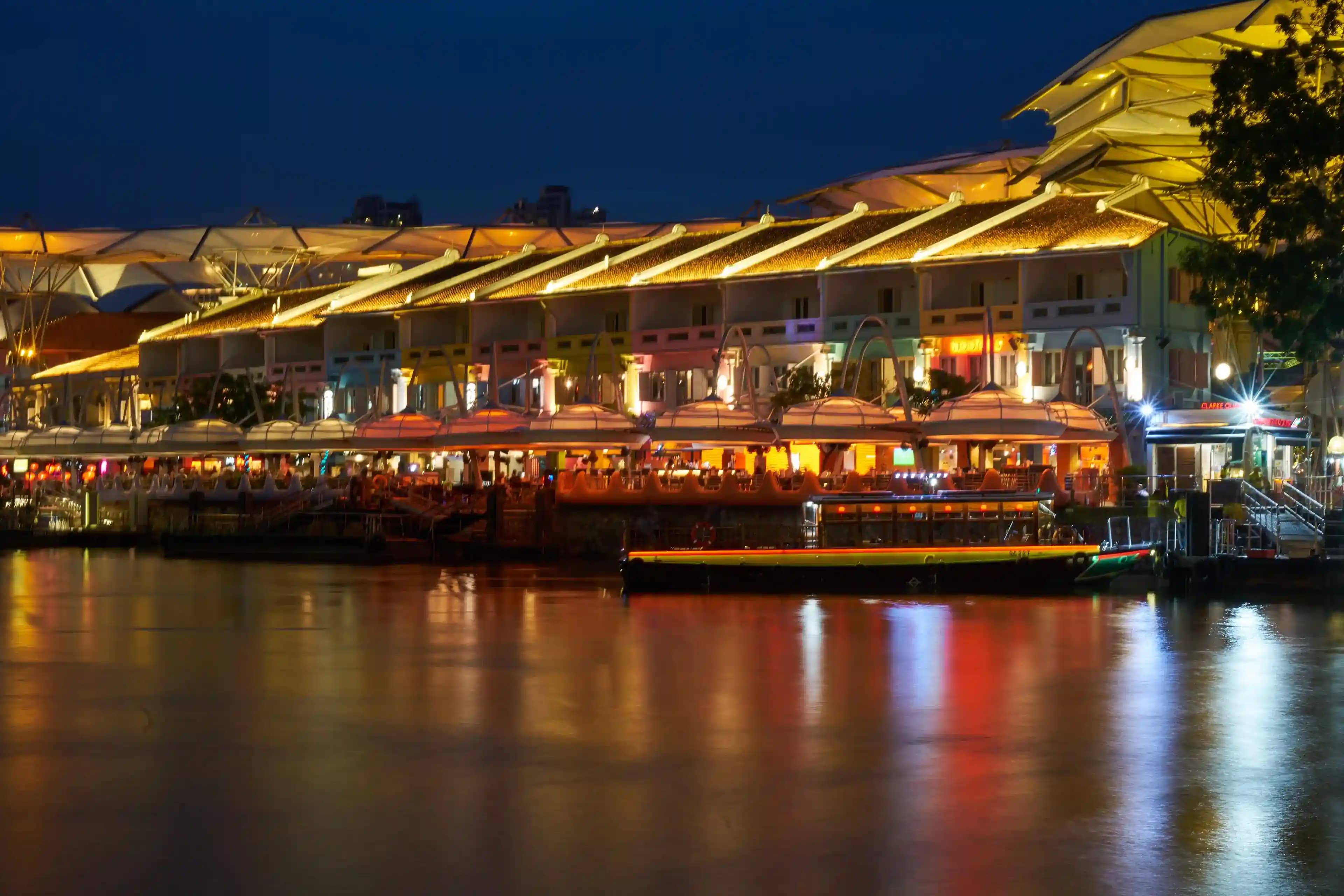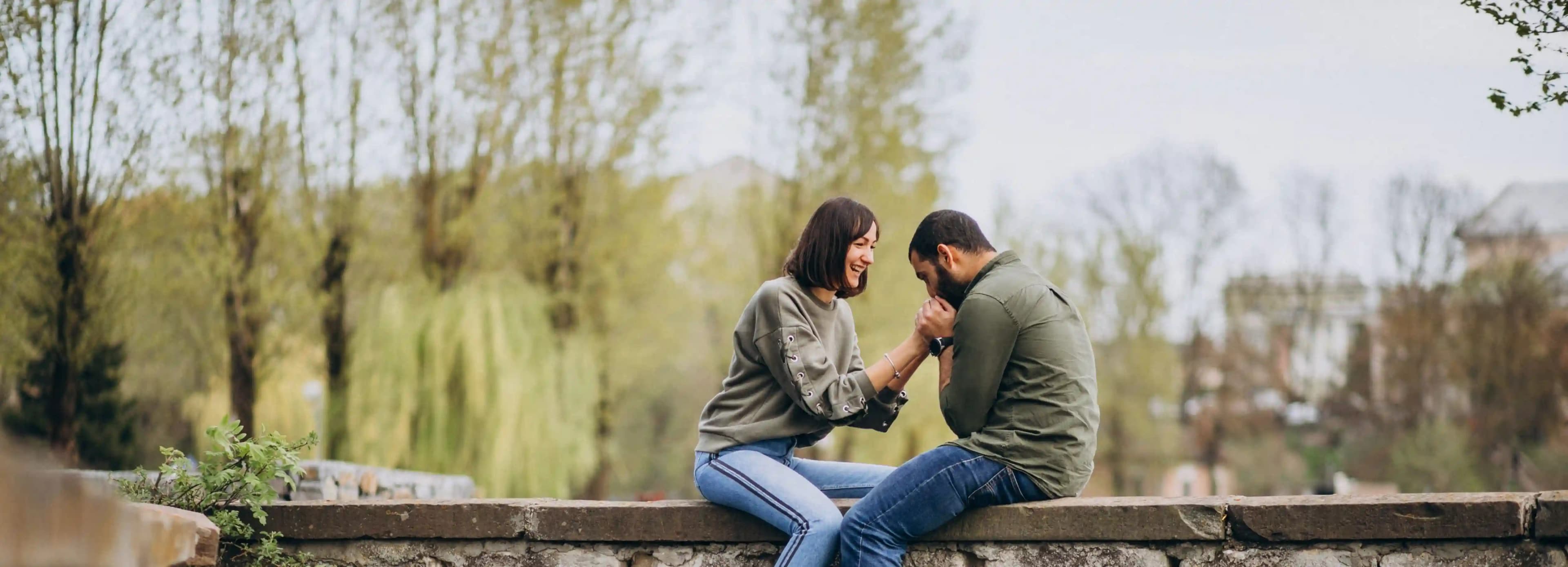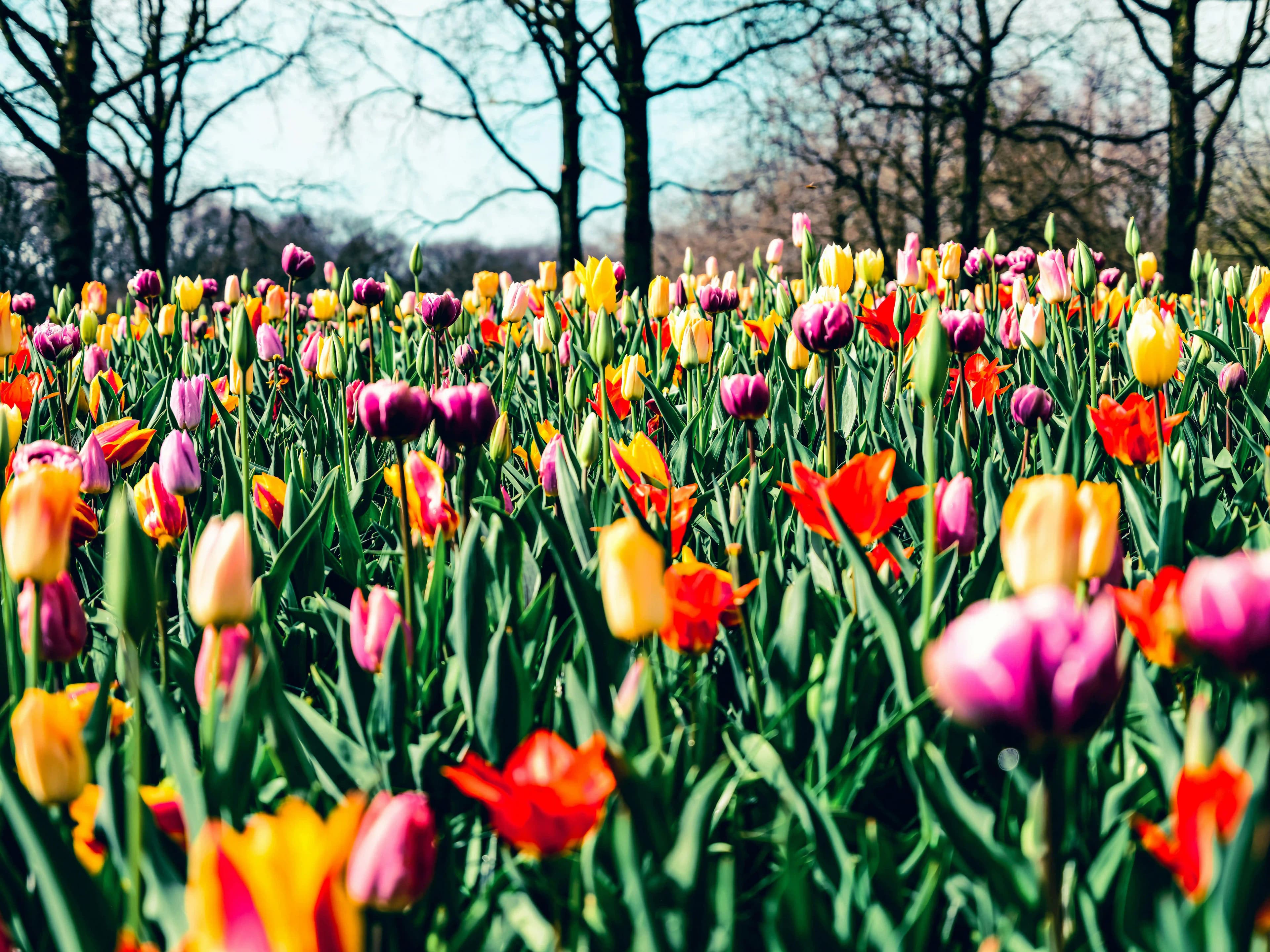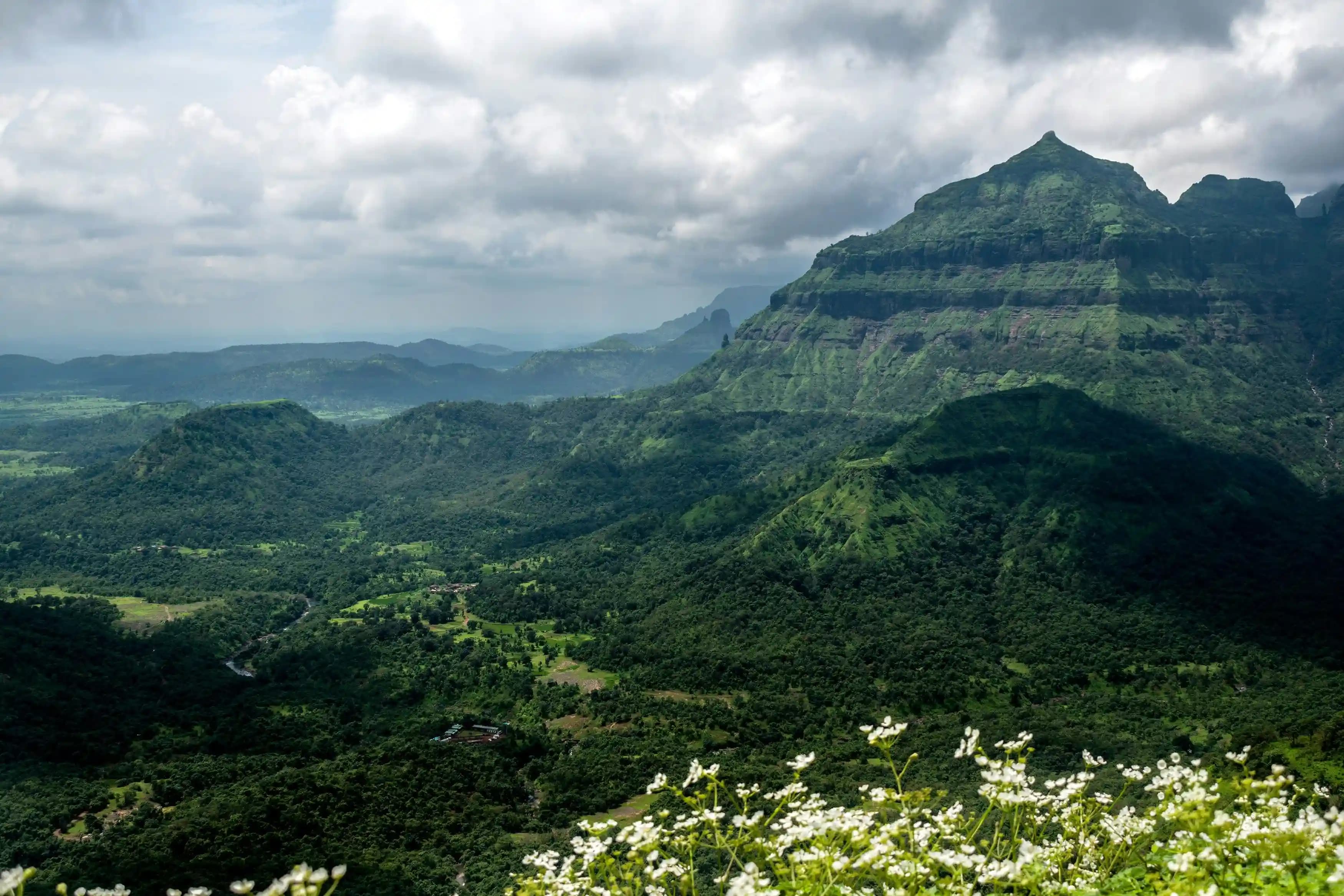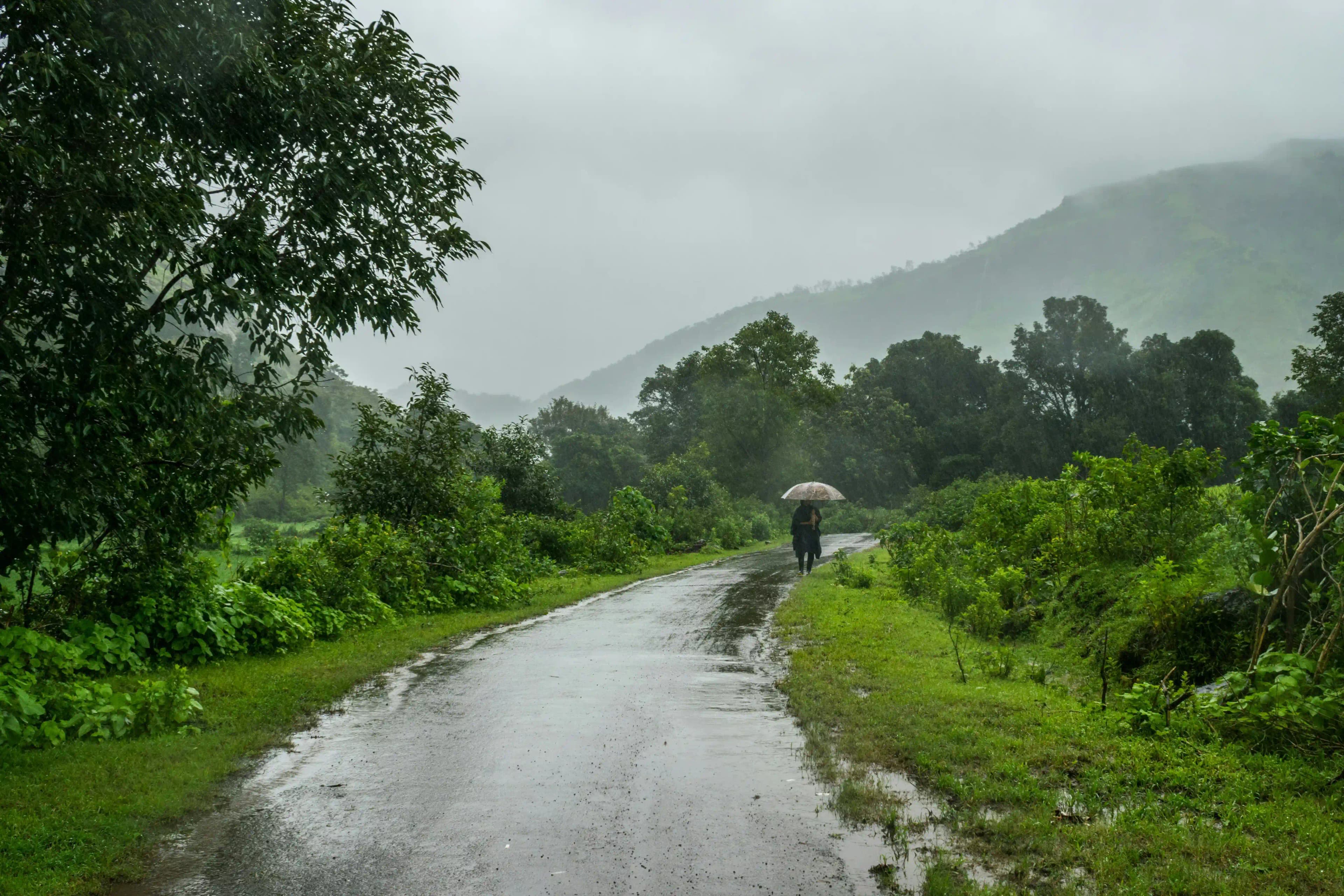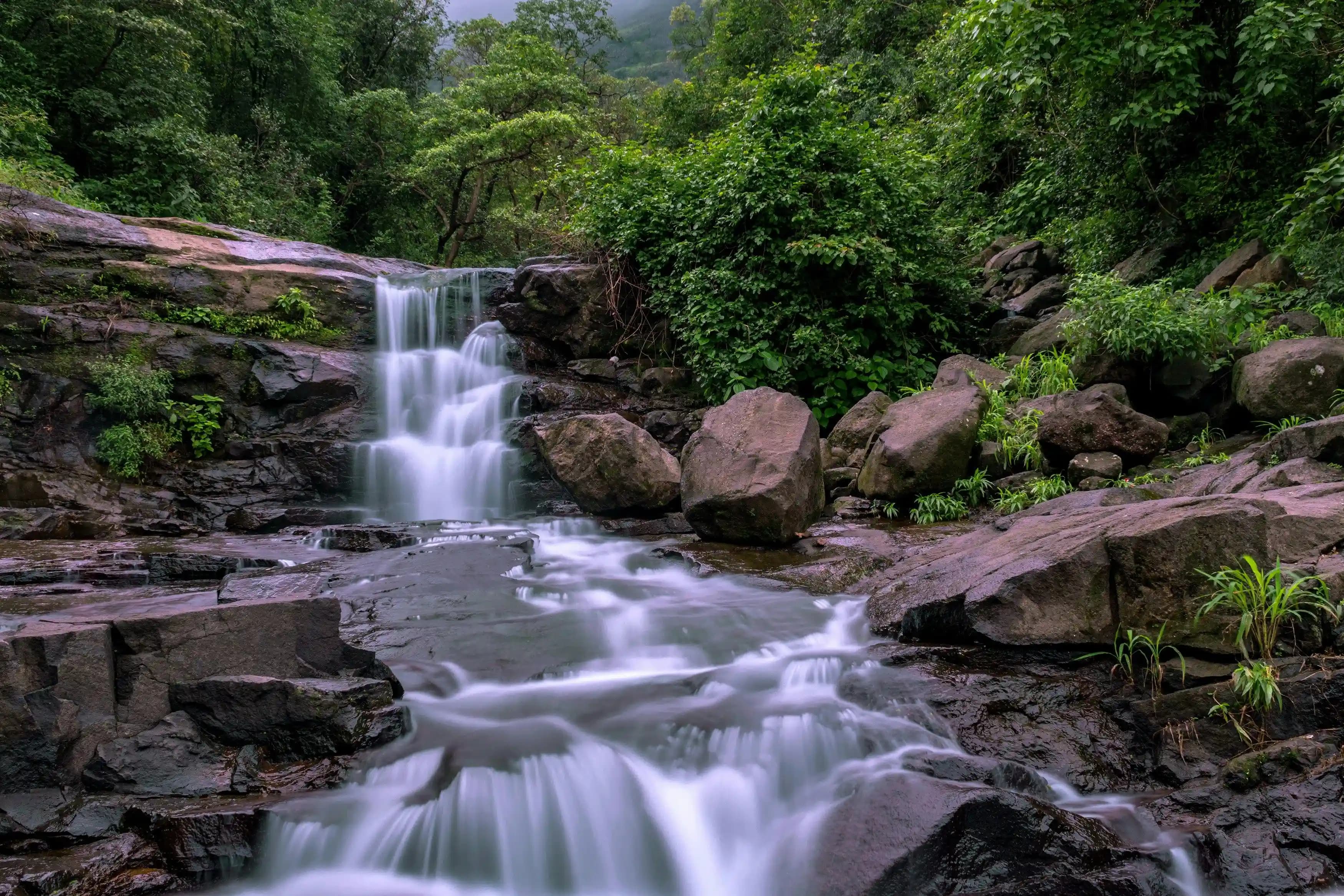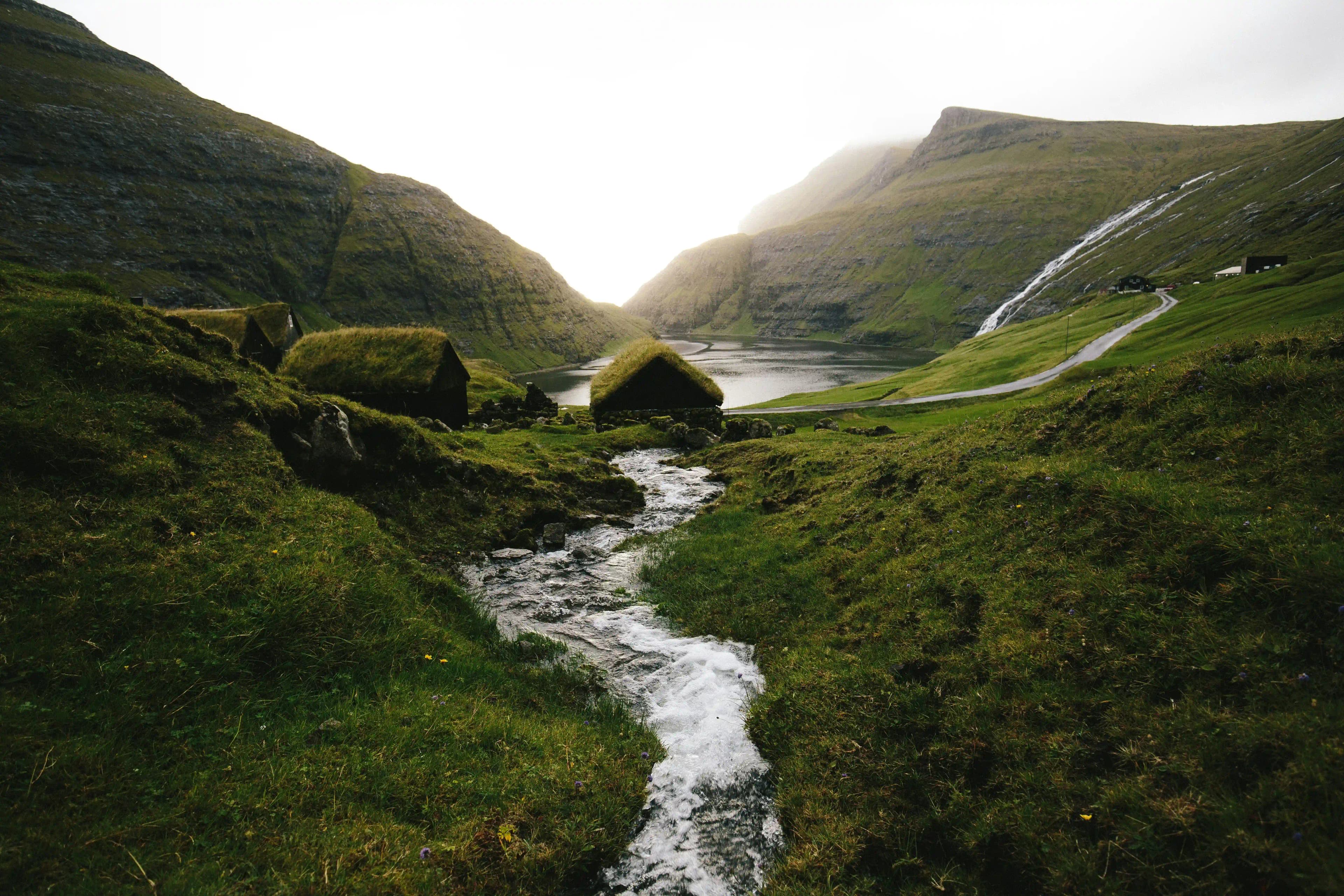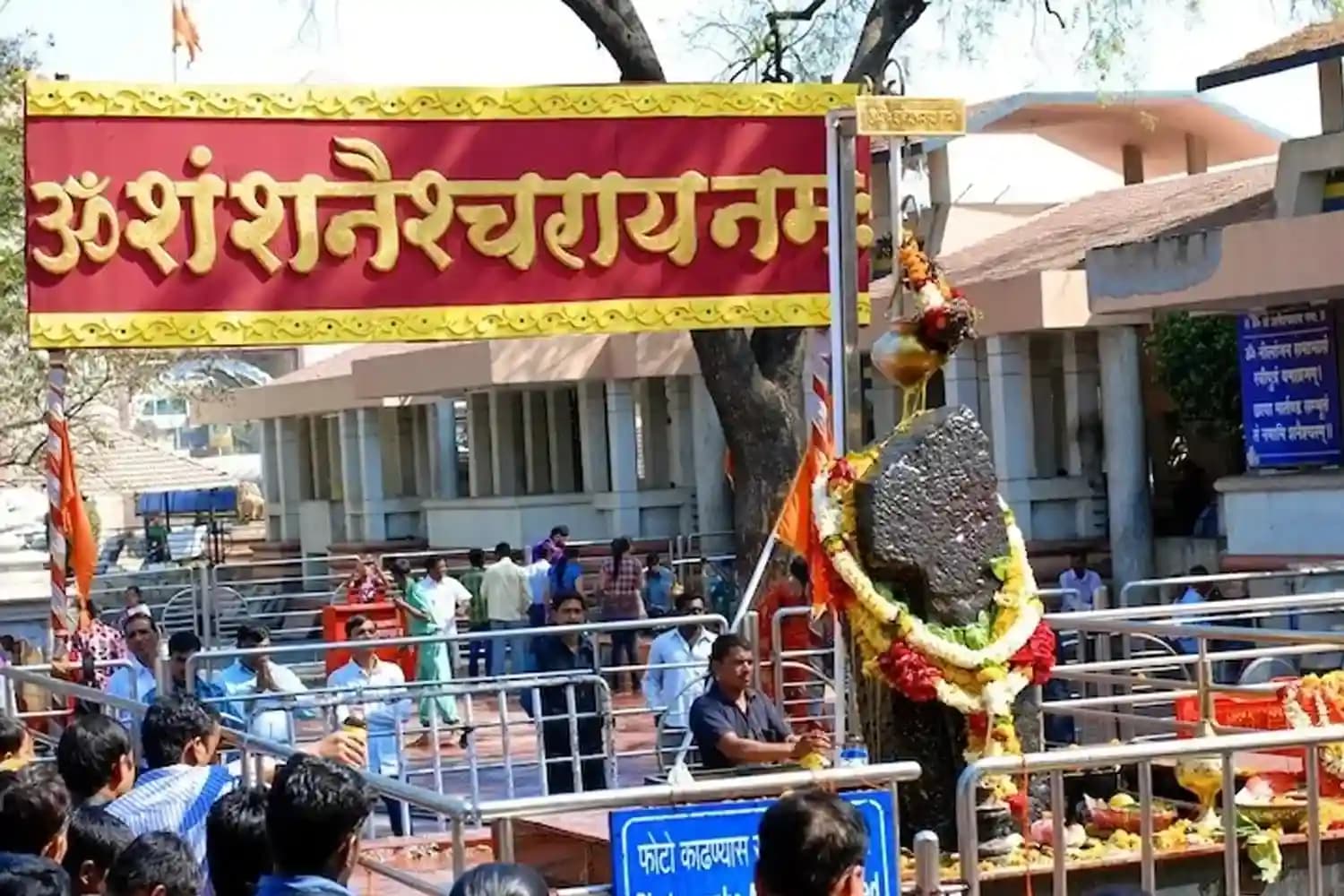Did you ever wish to go somewhere where peace and devotion come together? If yes, Trimbakeshwar Temple is one such place. The town is holy and is close to Nashik. It is quiet at the base of the Brahmagiri Hills. One of Lord Shiva's twelve Jyotirlingas is this temple. This makes it one of the most important places for people to visit in India. A holy river called the Godavari is thought to begin there, which adds to its mystical appeal.
It is very peaceful when you walk into the Trimbakeshwar Temple because you will see many devotees bringing flowers and coconuts to offer to lord shiva. You will also hear bells ringing. It's unique that the temple's Jyotirlinga shows Shiva, Vishnu, and Brahma all at once. You won't find this anywhere else. Trimbakeshwar will stay in your heart for a long time after you leave, whether you come to pray, find peace, or just learn about its past. In this blog, we will be covering the timings of poojas, knowing their purpose and sharing some tips you need for your travel.
Trimbakeshwar Temple History
Every temple has a story, but the Trimbakeshwar Temple's history feels almost magical. The temple is set at the base of the Brahmagiri Hills, which is also believed to be the birthplace of the holy Godavari River. According to legend, the river appeared here because of Sage Gautam’s penance and Lord Shiva’s blessings. That’s why the whole town of Trimbak is seen as sacred ground
The Maratha king Peshwa Balaji Baji Rao (Nana Saheb) built the temple's current building in the 18th century. The temple is made of black stone and was built in the traditional Nagara style. It is praised for its spiritual atmosphere and detailed design. It is one of the twelve Jyotirlingas in India, which shows the three gods Brahma, Vishnu, and Shiva, is what makes it truly special.
Inside the Trimbakeshwar Mahadev Temple, the Jyotirlinga represents the power of trinity: Shiva, Vishnu, and Brahma. This is something you won’t see anywhere else. Over the years, Trimbakeshwar has become a place where families come to perform age-old rituals like Kaal Sarp Dosh Puja or ceremonies for their ancestors.
Trimbakeshwar Temple Location & Distance
The small town of Trimbak is home to the Trimbakeshwar Temple. Nashik, is the major city of Maharashtra and is about 28 km away from it. The temple is surrounded by trees and mountains. The journey getting there is just as beautiful as the destination itself.
if you are coming from Mumbai, the temple is about 180 km away. Whereas, if you are traveling from Pune, it's about 240 km away. The closest airport is Ozar Airport, which is in Nashik, and the closest train station is Nashik Road, which offers transportation to many important towns in India. Visitors can easily get to Trimbakeshwar from Nashik city by taking local buses, taxis, or their own cars.
Because of its spiritual importance and convenient position, the temple is a popular stop for both pilgrims and tourists who are willing to explore places to visit in Nashik and the nearby area.
Trimbakeshwar Temple Timings
When you plan a visit to Trimbakeshwar, it is really important to know the timings. The temple opens early and runs till night, but different things happen at different times. Some hours are just for darshan, while others are fixed for special poojas. If you’re going for a quiet darshan, mornings are best, but if you want to see the evening aarti, that’s a different experience altogether.
The temple usually opens around 5:30 in the morning and closes by 9 at night.
Morning darshan is from 6 AM to 9 AM
Around 1 PM, there is a short midday pooja before the temple closes for a while.
Evenings between 7 and 8:30 PM are for the main aarti, which is beautiful with lamps and chants.
Rituals like Rudrabhishek are done mostly in the mornings till early afternoon.
Long pujas such as Kaal Sarp Dosh or Narayan Nagbali take two to three hours, so people book them early in the day.
Poojas and Sevas at Trimbakeshwar Temple
When you walk into the Trimbakeshwar Mahadev Temple, the first thing you notice is how alive the place feels. There's more to it than just waiting in line for darshan. There are families sitting with priests, practices are going on all around you, and the sound of prayers fills the air. Just stand there and watch for a while, and you'll feel like the building is alive with devotion. People come from far away just to do these poojas because they believe they can heal. Let's take a look at the poojas and sevas that take place here:
1. Kaal Sarp Dosh Puja
This is the most important pooja done in the Trimbakeshwar Temple. Priests use rice and flowers to make sacred drawings during the puja. Families sit together with their hands folded and their eyes closed in prayer. A lot of people think that this ceremony makes problems easier to deal with and brings peace to life.
2. Narayan Nagbali Puja
This ritual is done to bring peace to the souls of ancestors. People offer coconuts, sesame seeds, and flowers while repeating prayers with the priest. It’s quiet, yet very powerful pooja. You will realize how much importance people here give to remembering and honoring their roots.
3. Mahamrityunjaya Jaap
If you’ve ever heard the Mahamrityunjaya mantra, imagine listening to it chanted again and again inside the temple, echoing off the stone walls, how empowering it could feel! The ritual goes on for long hours, and if you are sitting there, the sound almost wraps around you. Many people say it gives them strength and peace, and honestly, it feels that way when you’re there.
4. Rudrabhishek Puja
This one is beautiful to watch. The priest pours milk, honey, and water over the Jyotirlinga while repeating “Om Namah Shivaya.” The water flows gently, the crowd goes silent, and for a few minutes, the whole temple feels still. You can actually feel calmness sinking in.
5. Tripindi Shraddha
This ritual is also performed for ancestors, but has the feeling of a family gathering around prayer. People of all ages sit quietly together while the priest receives flowers, coconuts, and sesame seeds as offerings. Watching the ritual shows how traditions have been passed down through generations and are still practiced with the same sincerity today.
Best Time to Visit Trimbakeshwar Temple
If you’re planning to visit Trimbakeshwar Temple, the time you choose really changes how you feel about the place. The temple is open throughout the year; however, the best time to visit Trimbakeshwar Temple depends upon person to person. Let’s know what every season has to offer to the visitors-
By Seasons
Winter (October to February): This is when most people prefer to come. The mornings are cool, and when you walk barefoot on the temple floor, it feels nice instead of burning hot. When the sun slowly comes up behind the Brahmagiri Hills, the temple looks beautiful, and you’ll feel calm just standing there.
Summer (March to June): If you are planning to visit in summer, afternoons are tough as it gets too hot and uncomfortable. But if you go really early in the morning, you’ll see the temple shining in the first sunlight, and the chants inside make you forget the heat for a while.
Monsoon (July to September): When you see Trimbakeshwar Temple in the rain, it almost looks like a painting. The hills are covered in green, small waterfalls appear, and the air smells fresh. Even the temple looks brighter when the clouds are low and the stone walls are wet. You just need to be ready for sudden rain showers.
Best Time of the Day
Morning is honestly the best: When you go at around 6 AM, the crowd is less than usual, the bells are ringing softly, and the smell of incense hangs in the cool air. In the evening, it’s a different kind of beauty, when the oil lamps are lit, the priests start the aarti, and when everyone chants together, you’ll probably get goosebumps.
Pro Tip: If you really want to see the temple at its best, prefer visiting during Mahashivratri or when the Kumbh Mela happens in Nashik-Trimbak. It’s crowded and sometimes even chaotic, but when you stand there with thousands of devotees, watching the temple lit up and hearing the sound of drums and chants echo together, you’ll realize it’s an experience you can’t get anywhere else.
How to Reach Trimbakeshwar Temple
If you are thinking about how to reach Trimbakeshwar Temple, the fact is that, it is not very difficult, but still, it feels like a small journey in itself. Trimbakeshwar Temple distance is about 28 km from the well-connected city of Nashik, and the drive takes you through winding roads, green hills, and little villages that make the ride peaceful and scenic. Right when you see the Brahmagiri Hills in close distance, you’ll know you’re almost there.
By Air
If you're coming from far away, the closest airport is Ozar Airport in Nashik, which is about 30 km away from the temple location. It's easy to find taxis from there. Mumbai Airport is another choice. It's about 180 km away, but it connects you to almost every major city in India.
By Train
The closest major train station is Nashik Road, which is about 30 km from the temple. You can take an auto-rickshaw, a shared cab, or a bus from the station towards your destination.
By Road
Buses go from Nashik to Trimbak on a regular basis. There are also a lot of cabs and shared jeeps that take the same trip, especially on weekends and holidays. Driving yourself is also an option if you like the idea of enjoying the countryside along the way.
Tips for Travelling to Trimbakeshwar Temple
A few small tips can make your trip to Trimbakeshwar Temple calm and smooth. These tips will help you have a stress-free visit and make it more comfortable. Let’s take a look:
Go early in the morning: The temple opens up in the early morning and is usually quieter. You won’t have to stand in very long queues, and the darshan feels much more relaxed at that time.
Dress code for Trimbakeshwar Temple: Men are asked to wear a dhoti, while women generally wear a saree or other simple traditional clothes. If you don’t carry these, there are plenty of shops near the temple where you can buy or rent them.
Carry cash and a few basics: Within the temple, many priests and small stalls don’t accept online payments, so it will be easier if you carry some cash with you. A water bottle and maybe a light snack will also help if you’re planning to stay for a while.
Footwear rules: Shoes are not allowed inside the temple. You’ll find small stands outside where you can safely leave them.
Crowds on special days: Weekends and festivals bring heavy rush. If you visit on those days, expect longer waits. Going early is the best way to save time.
Hire a priest: Priests near the entrance guide people who want to do special poojas. They can help you with the process step by step, so you don’t have to worry about what to do.
Conclusion
Going to Trimbakeshwar Temple is more than just taking another trip; when here, it feels like stepping into a place where time stops. The bells ringing, the chanting of "Om Namah Shivaya," and the view of the Brahmagiri hills in the background make it a memory that will last a lifetime. The Trimbakeshwar temple has a way of calming your heart, whether you come for darshan, to do a puja, or just to sit in the courtyard and take in the atmosphere.
A lot of people say that when you leave Trimbakeshwar, you don't just take prasad with you; you also take peace. It's a place where faith is alive in every corner, and no matter how long you have been in this temple, it will stay with you until life.
